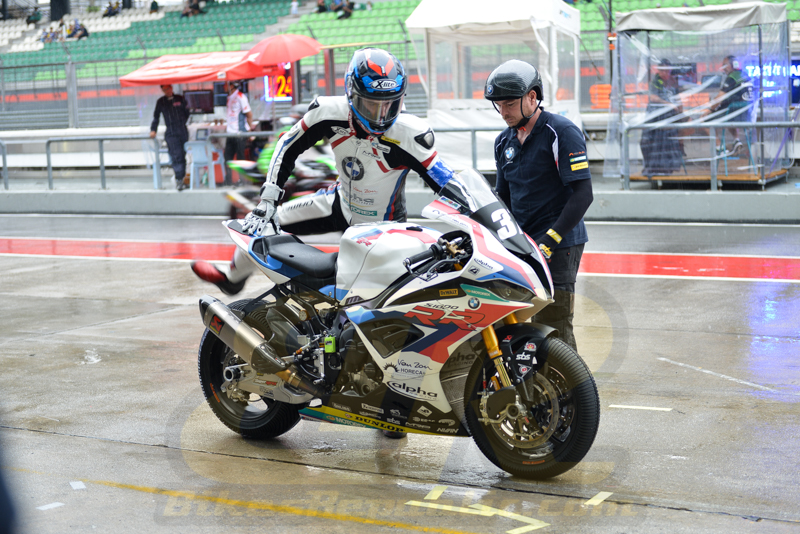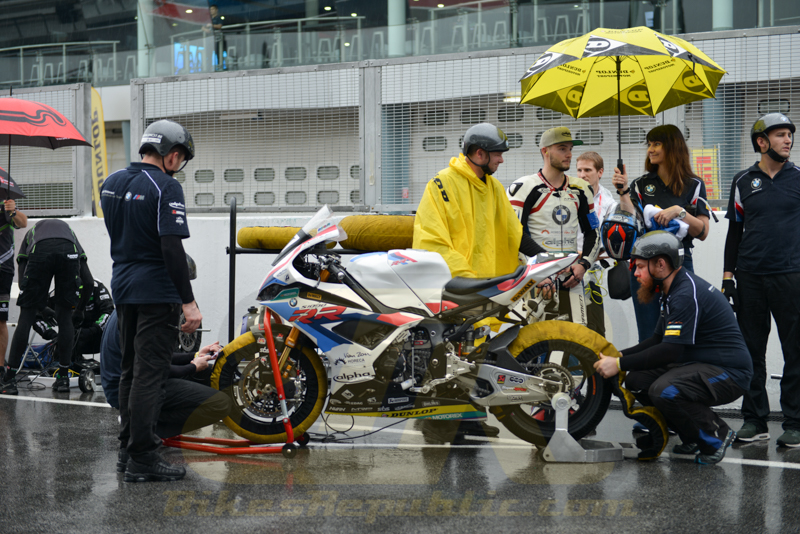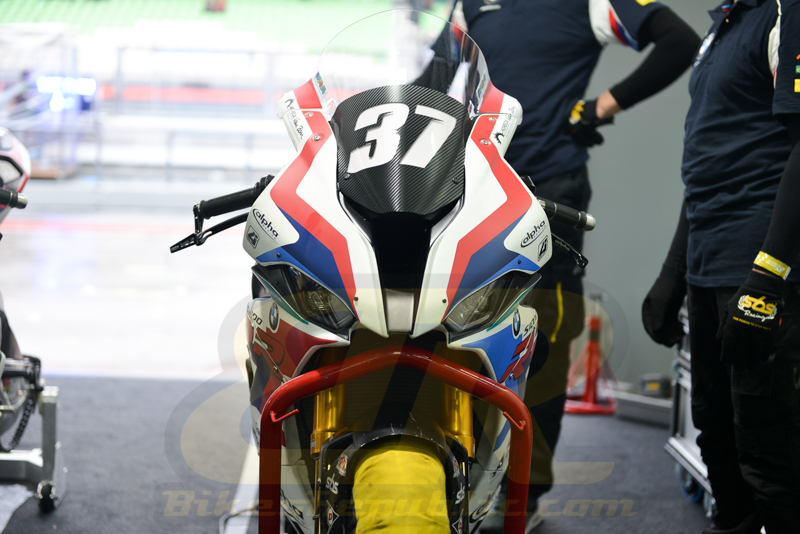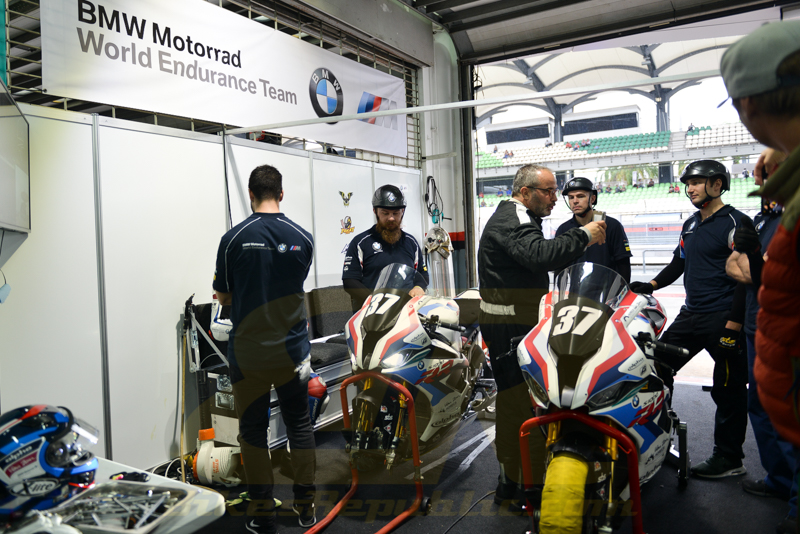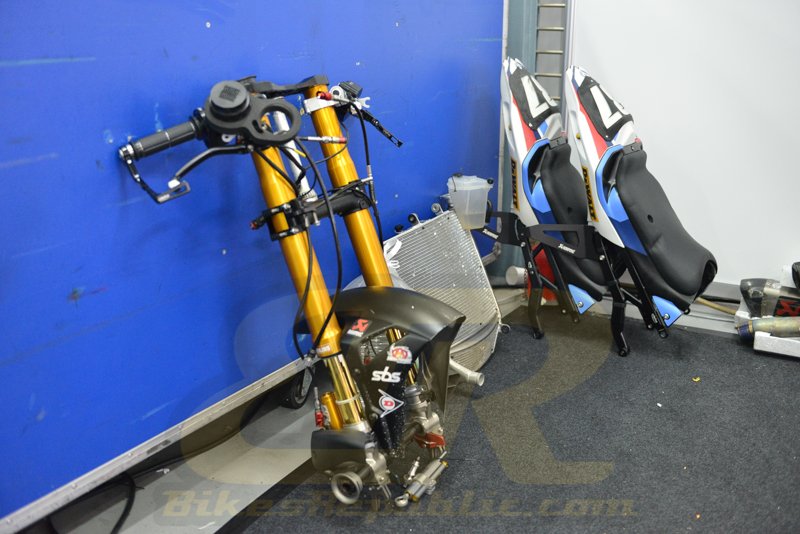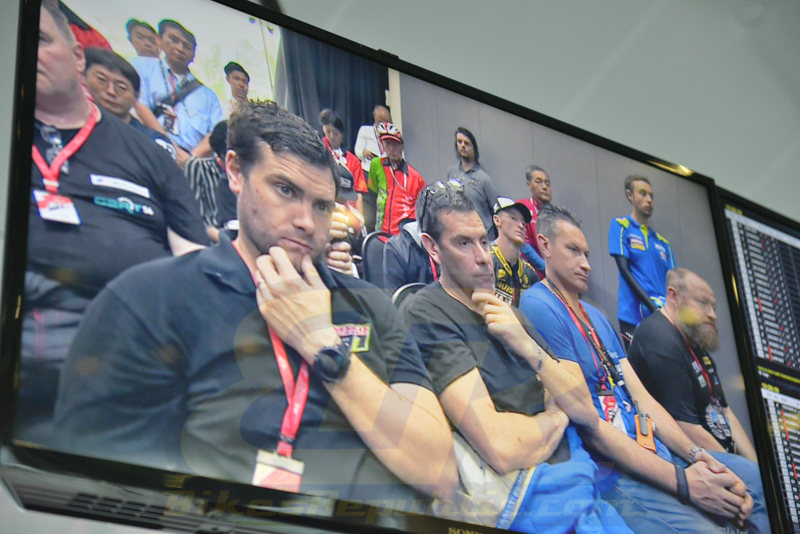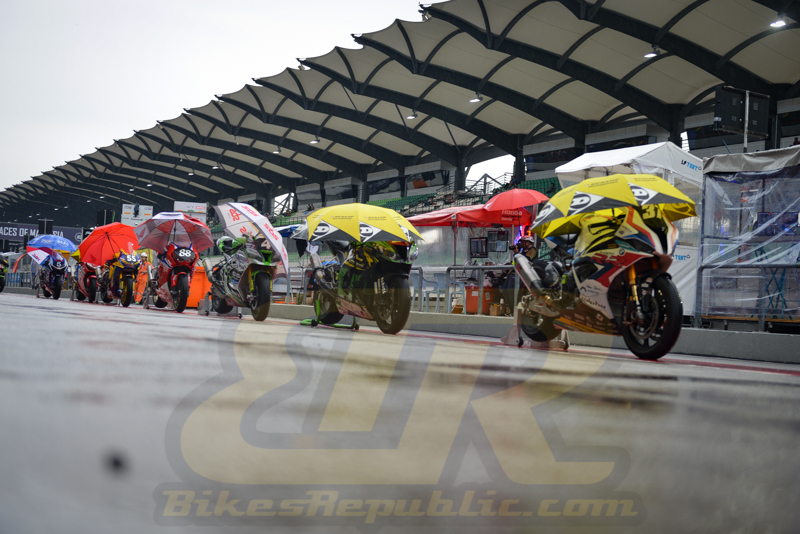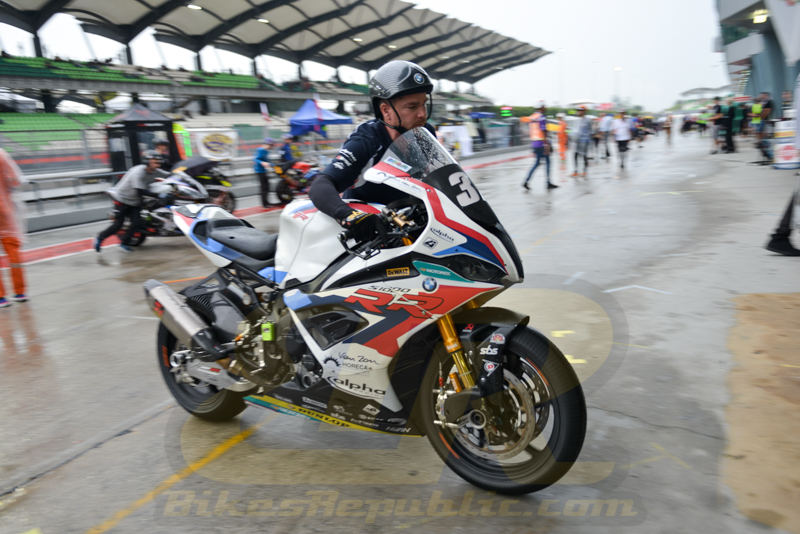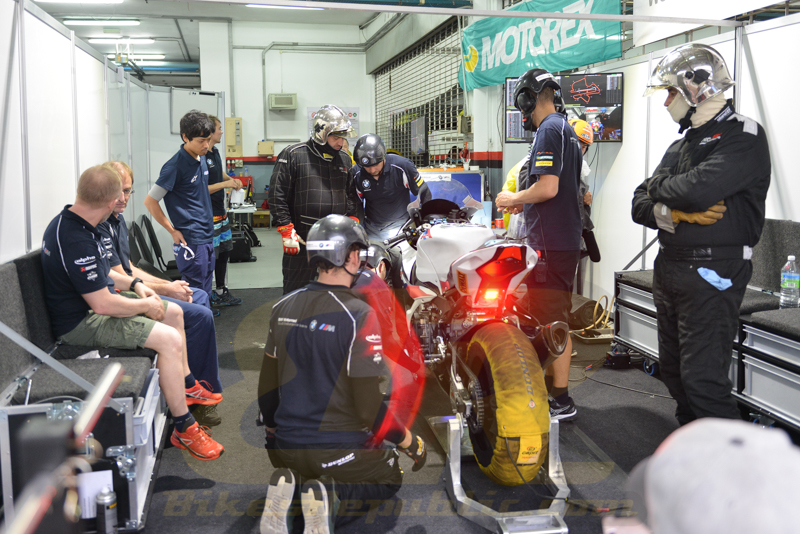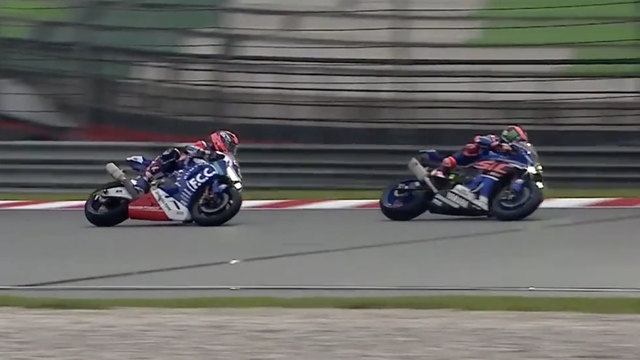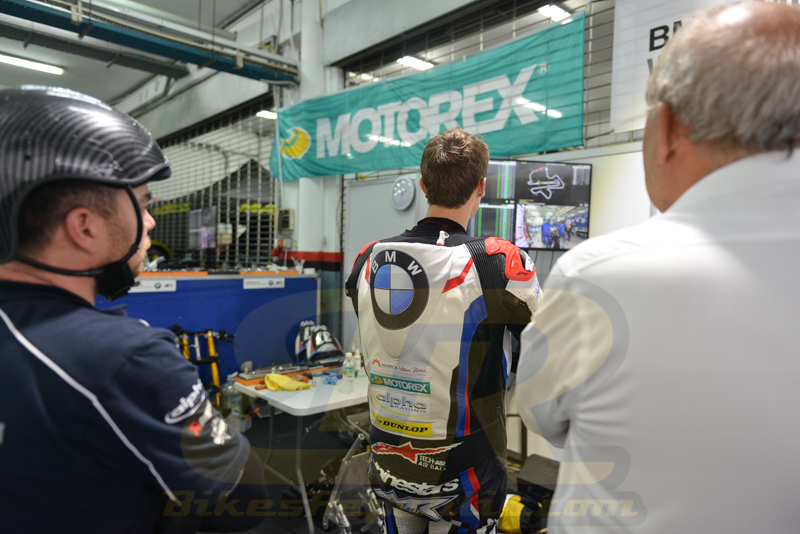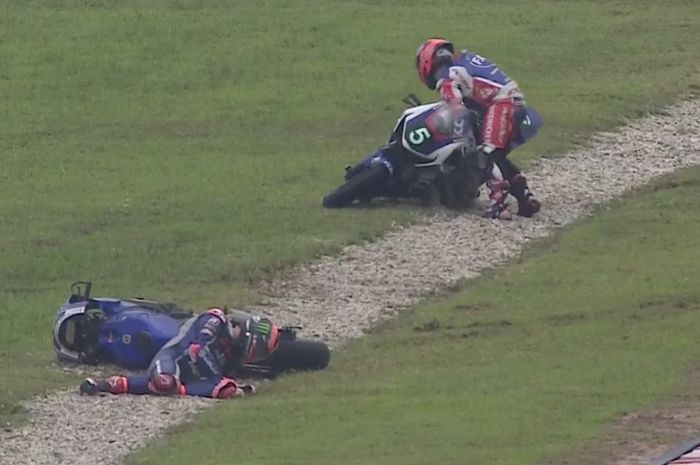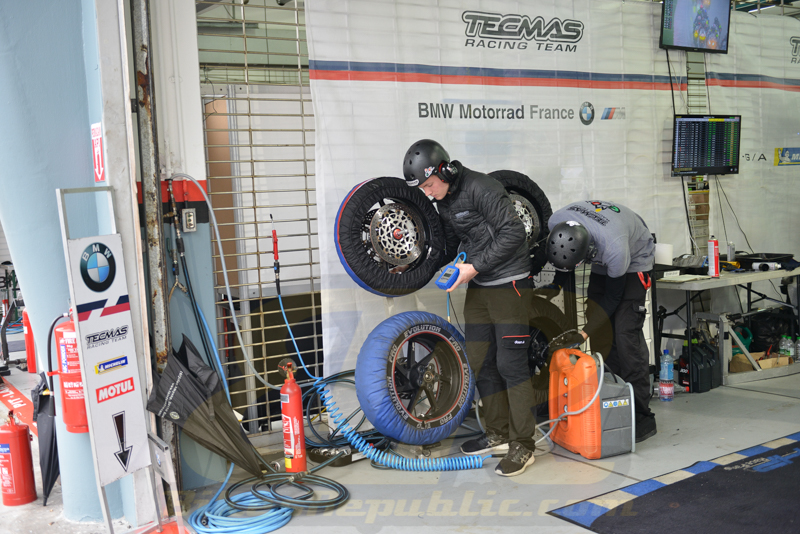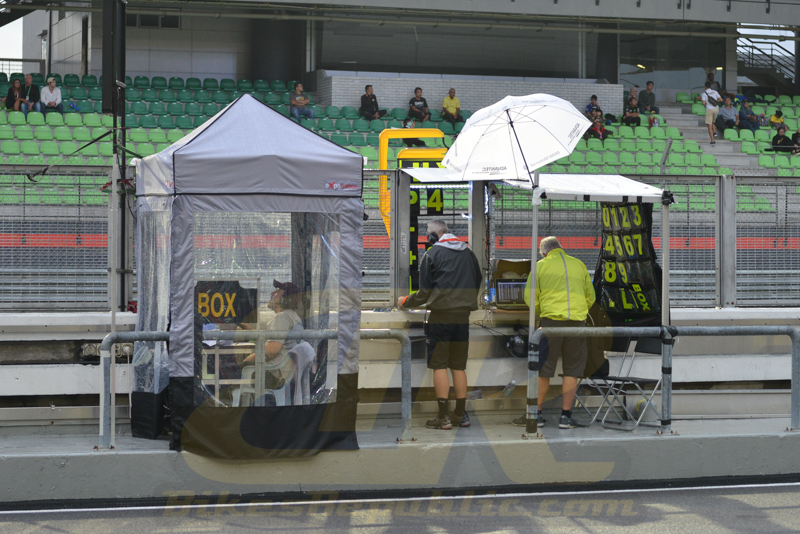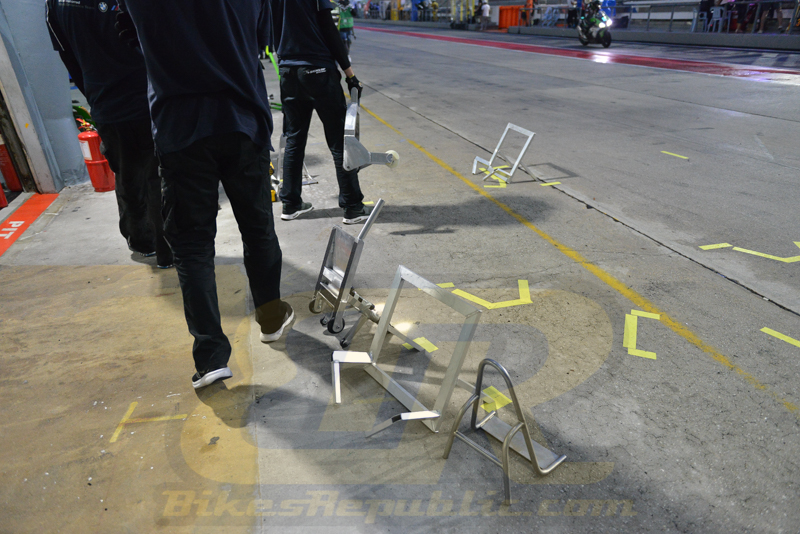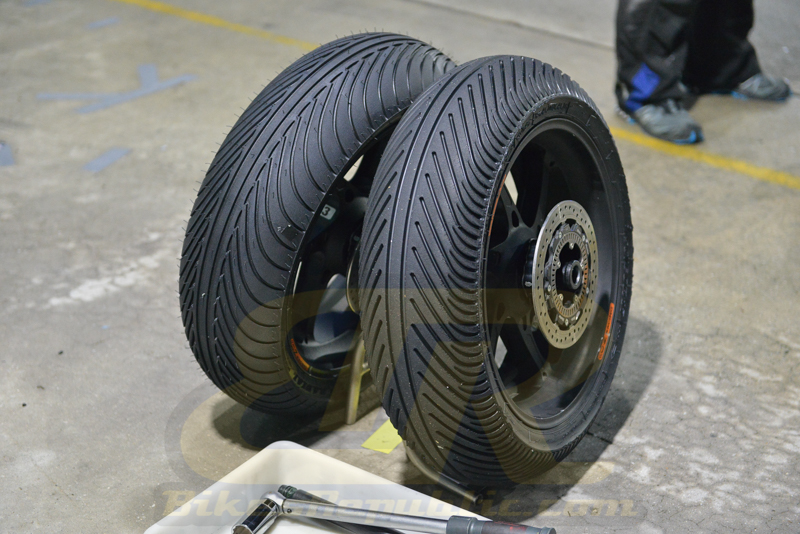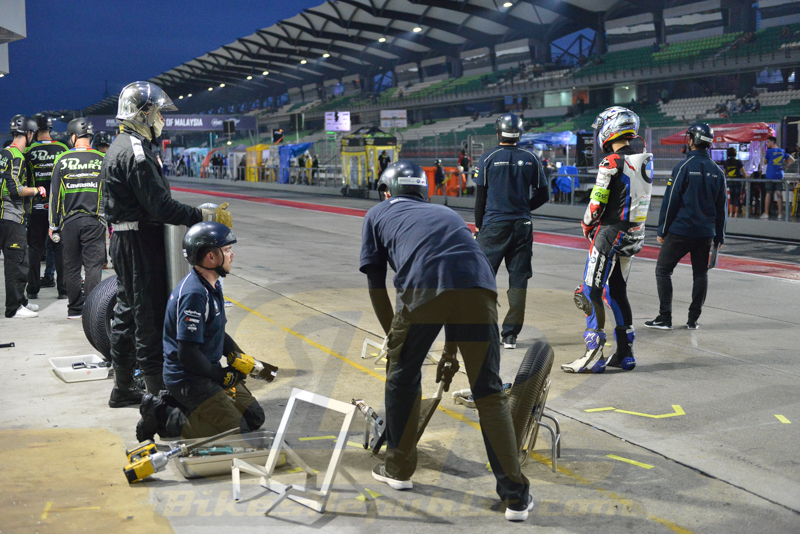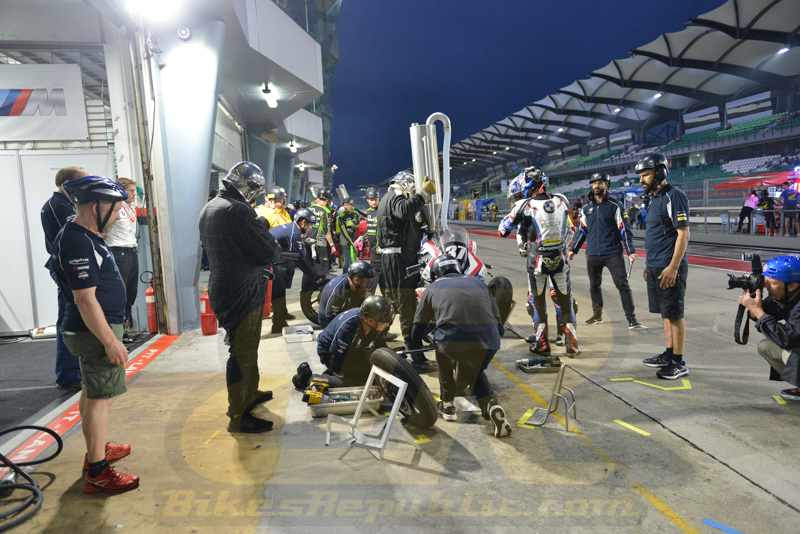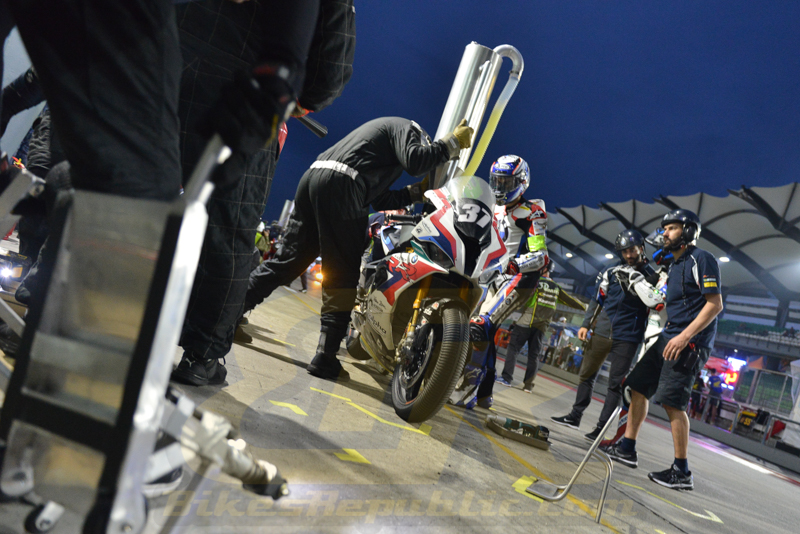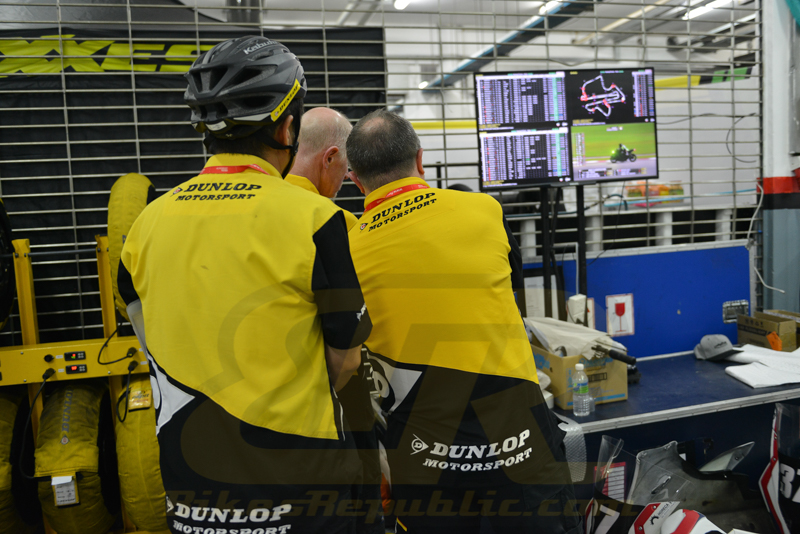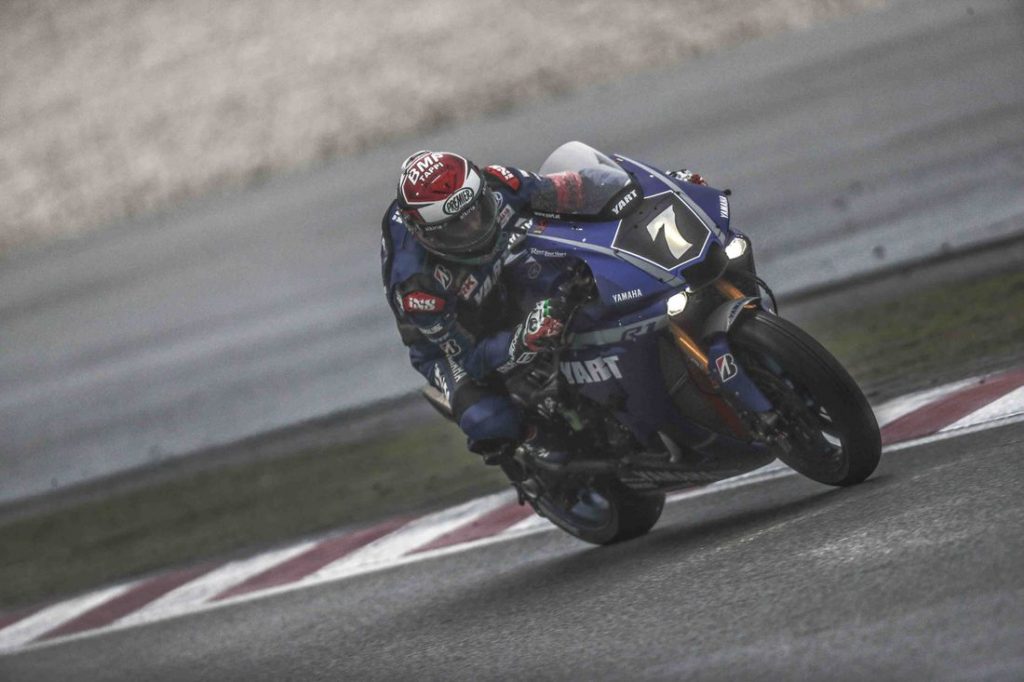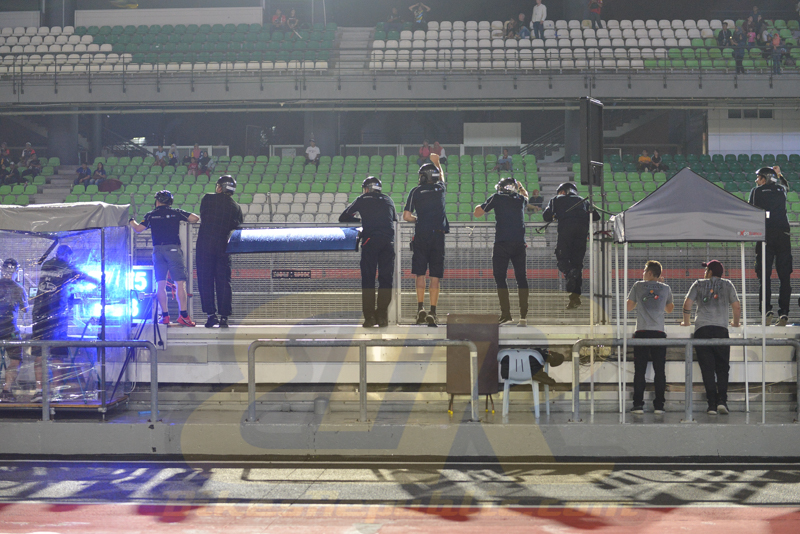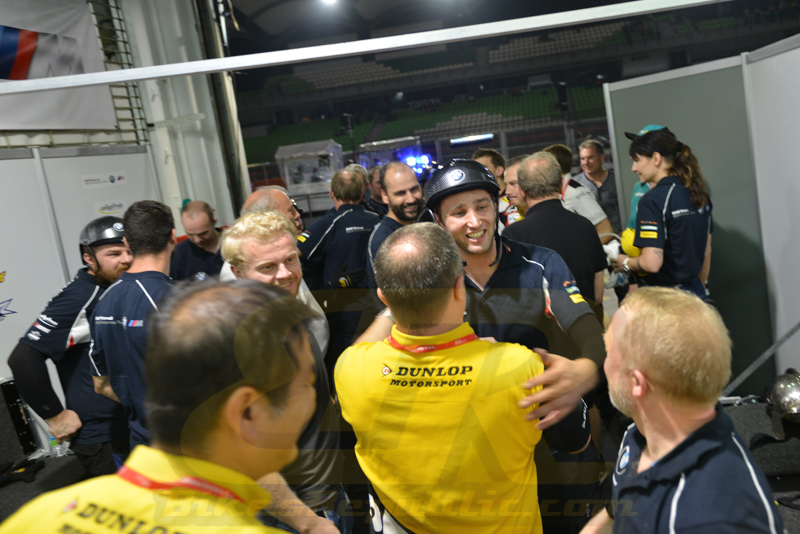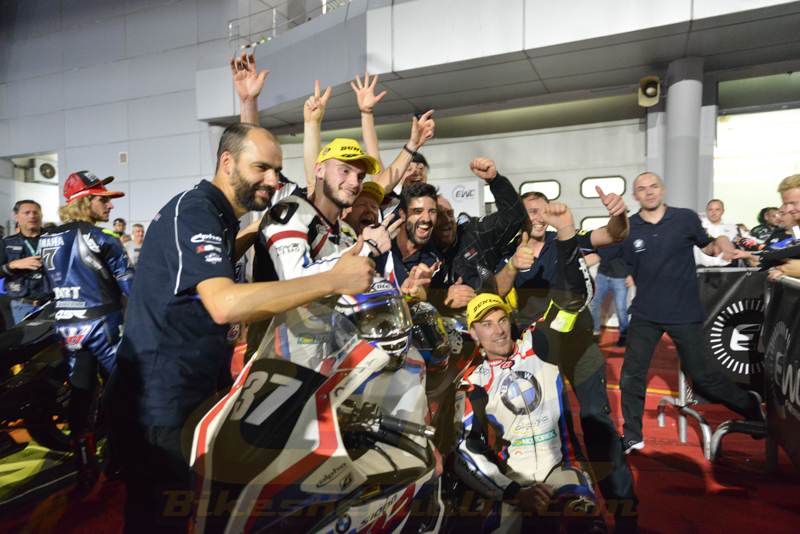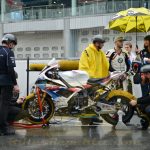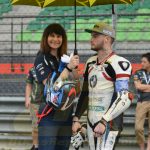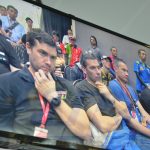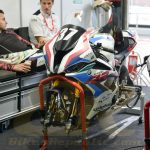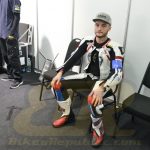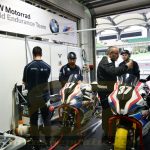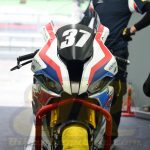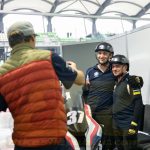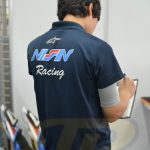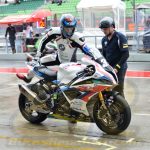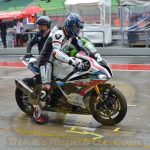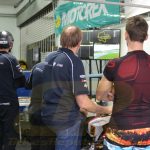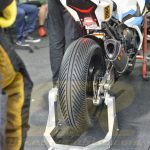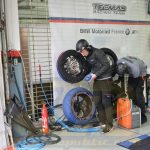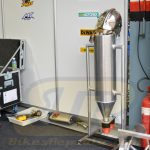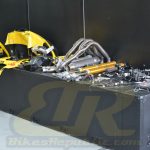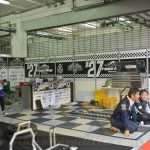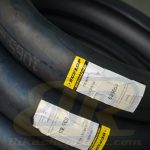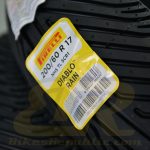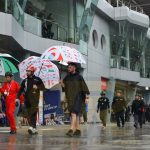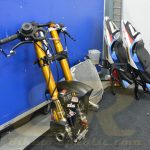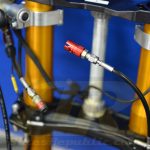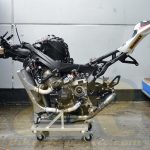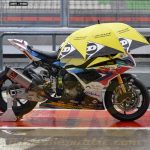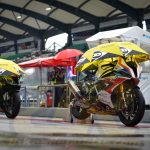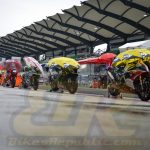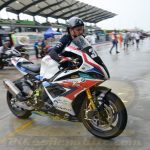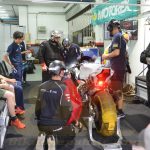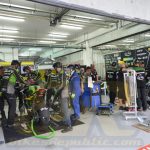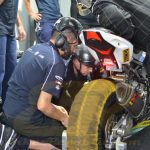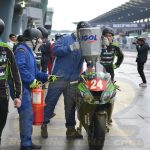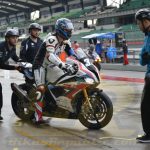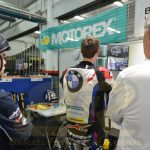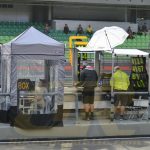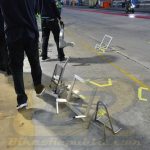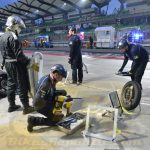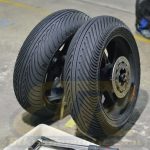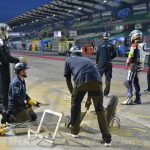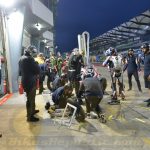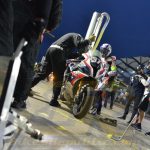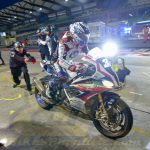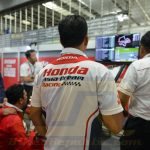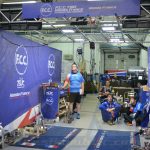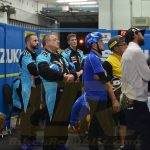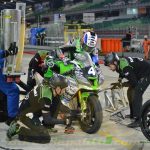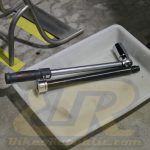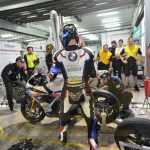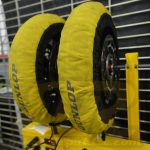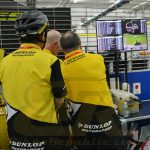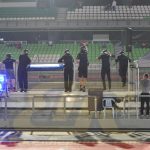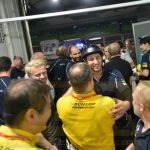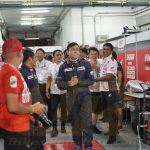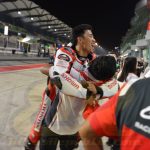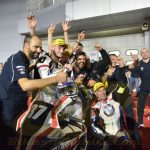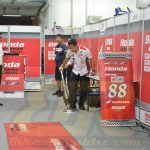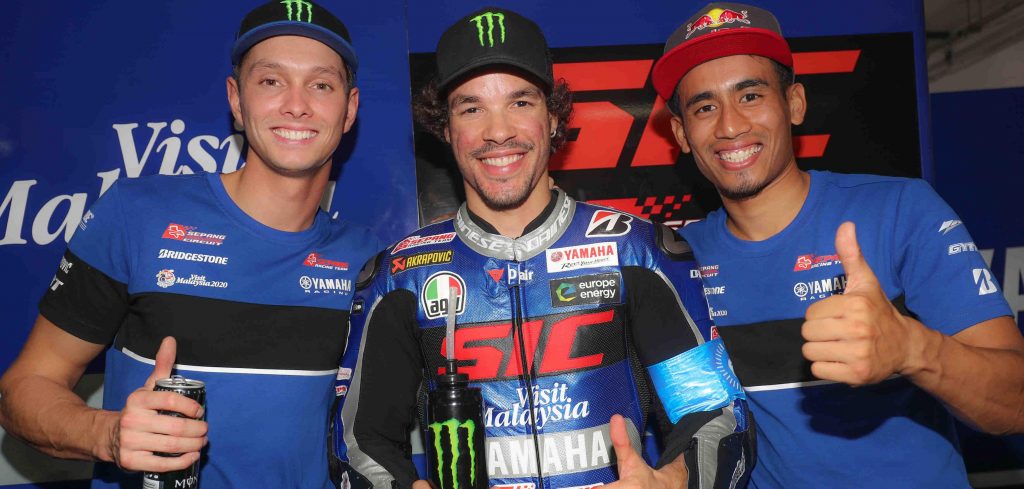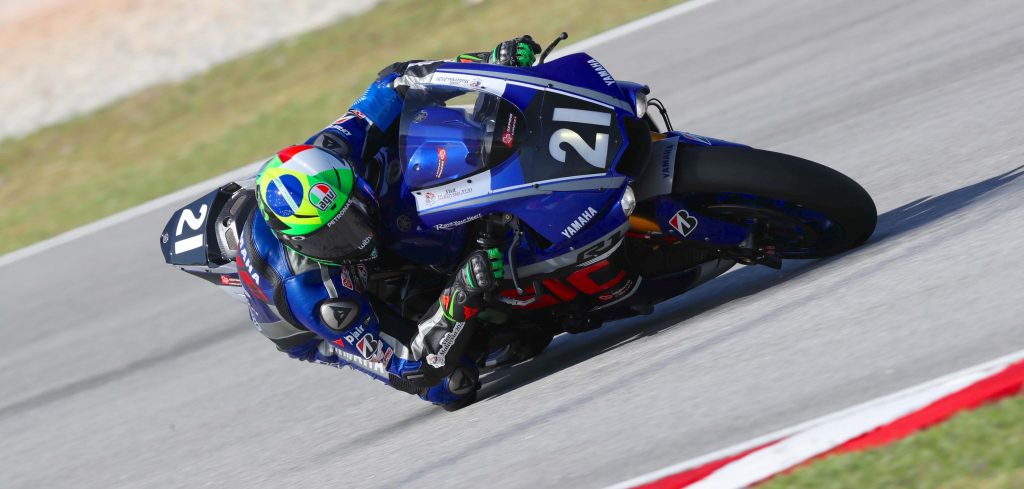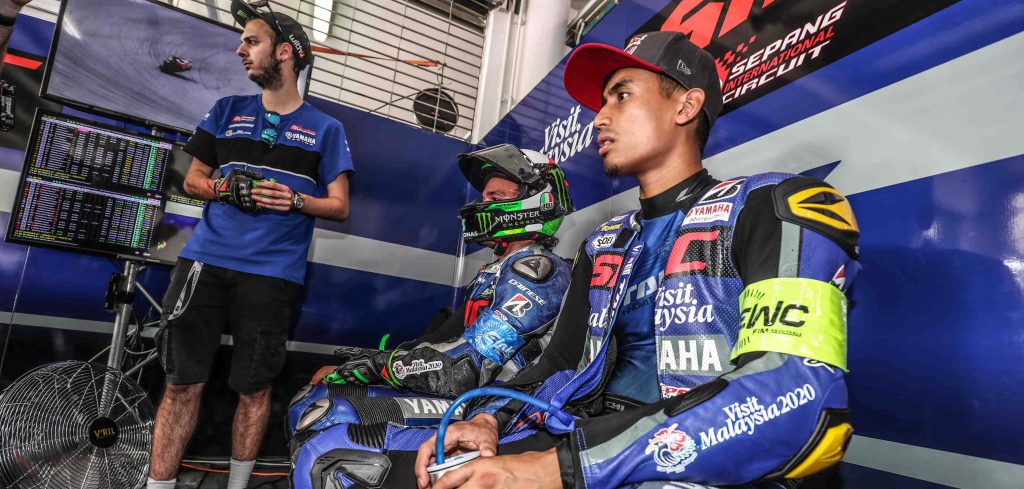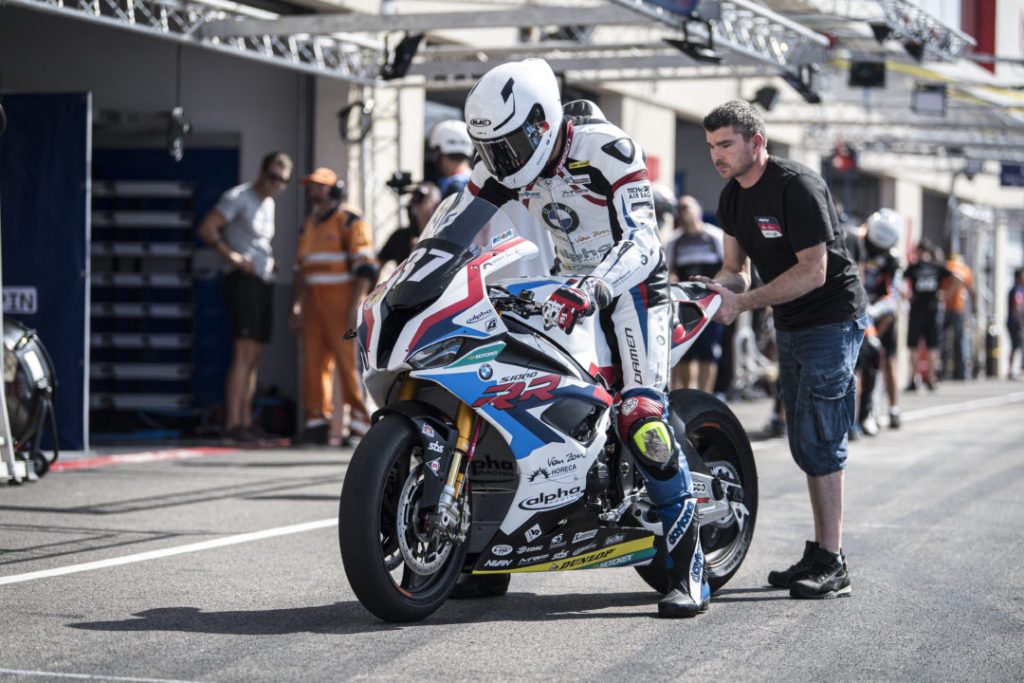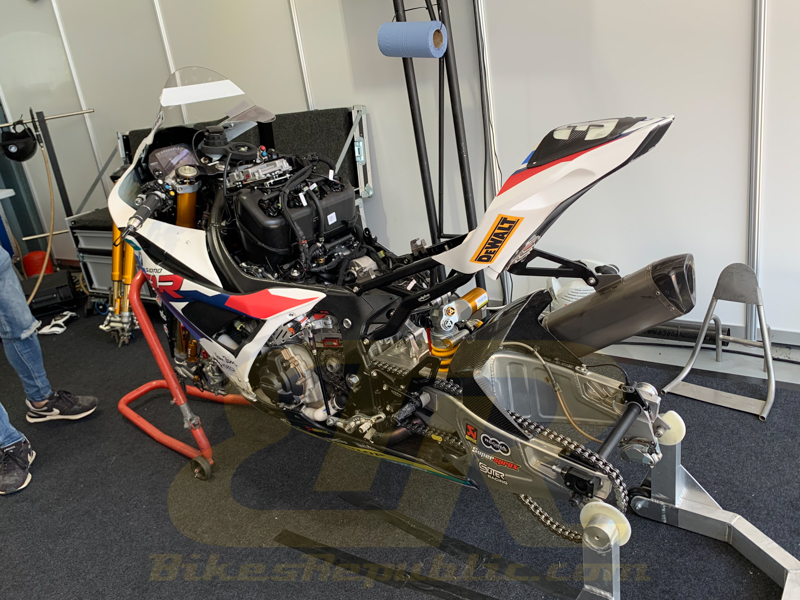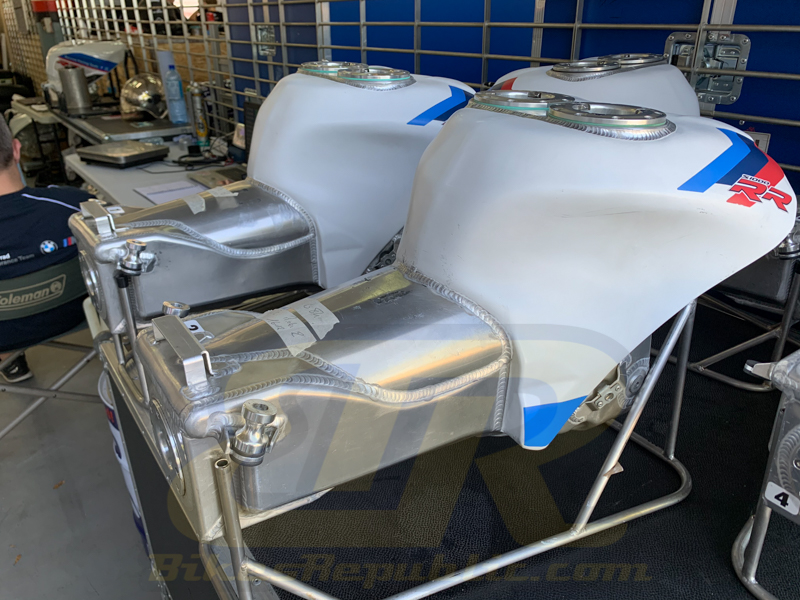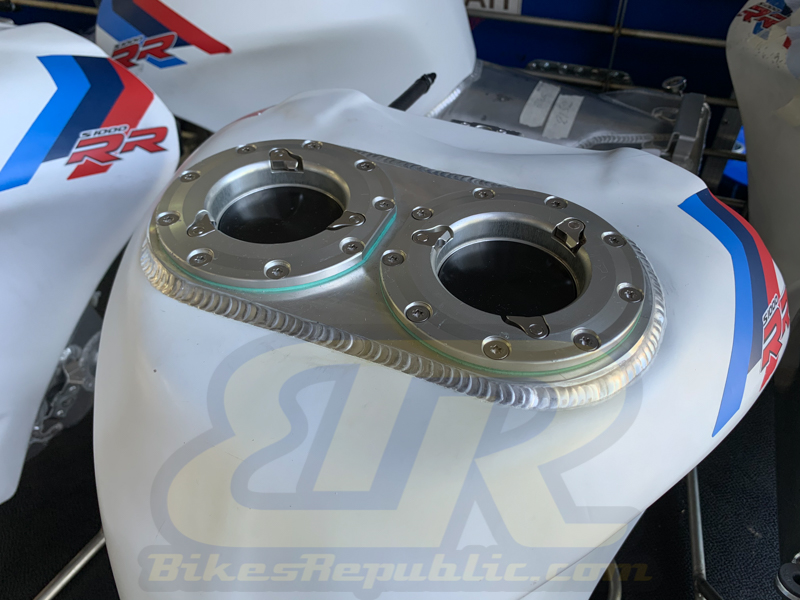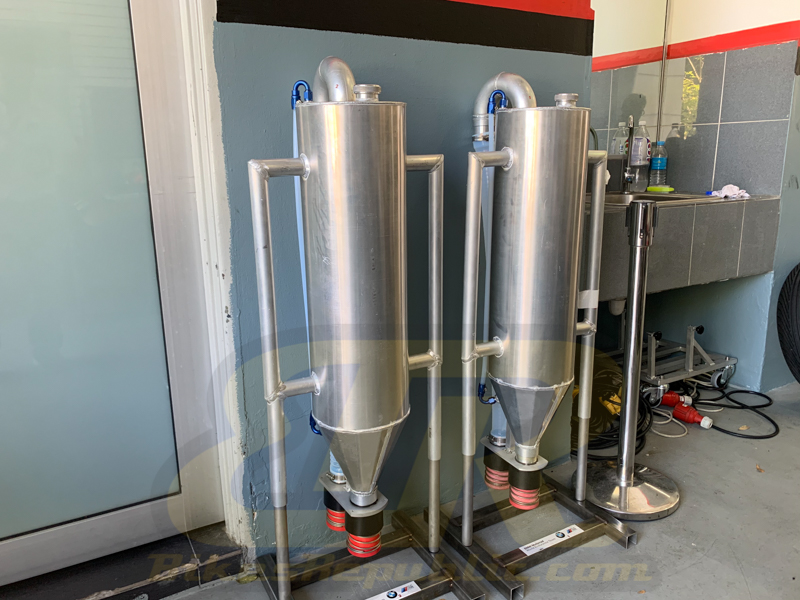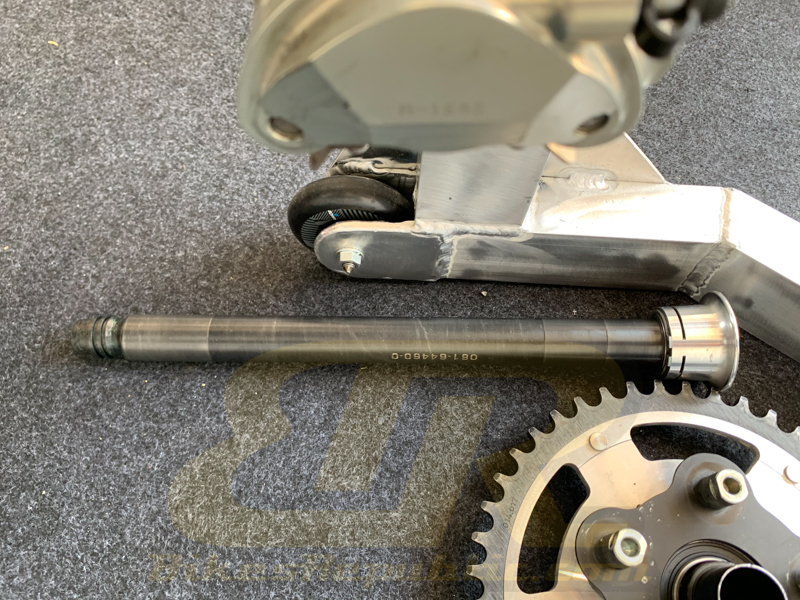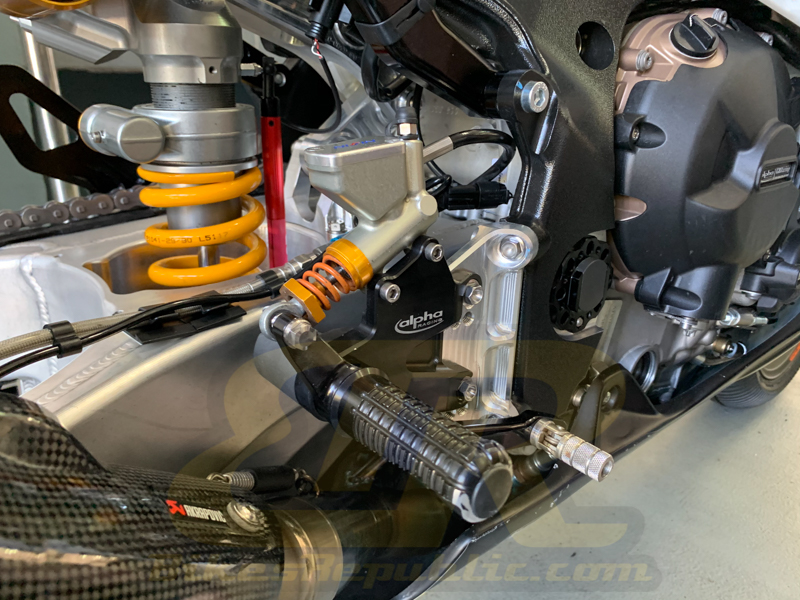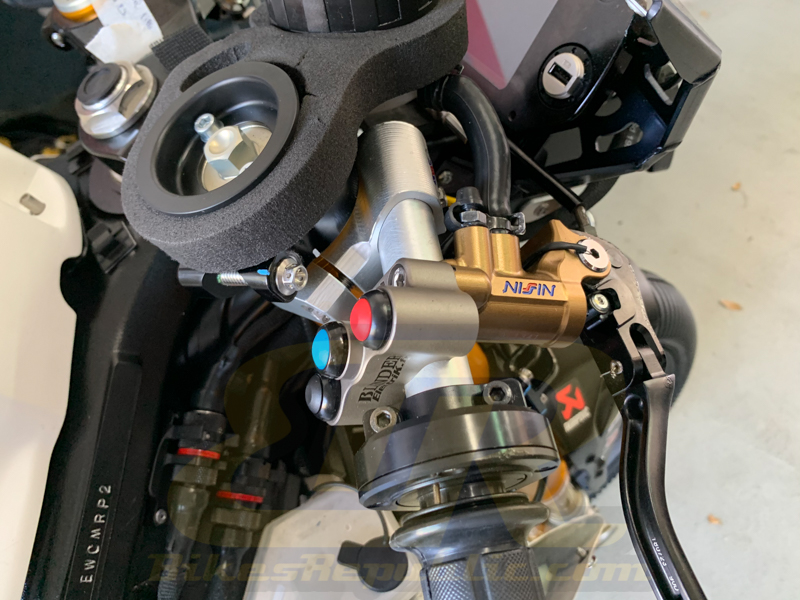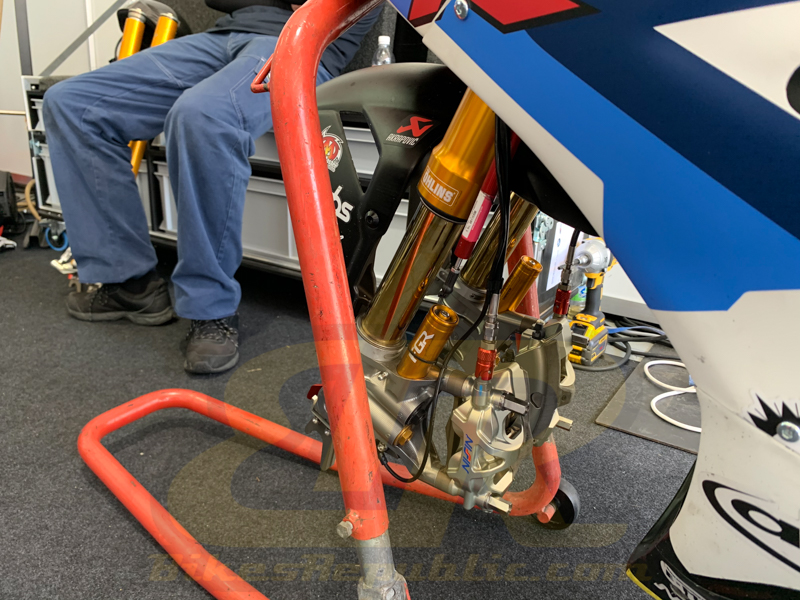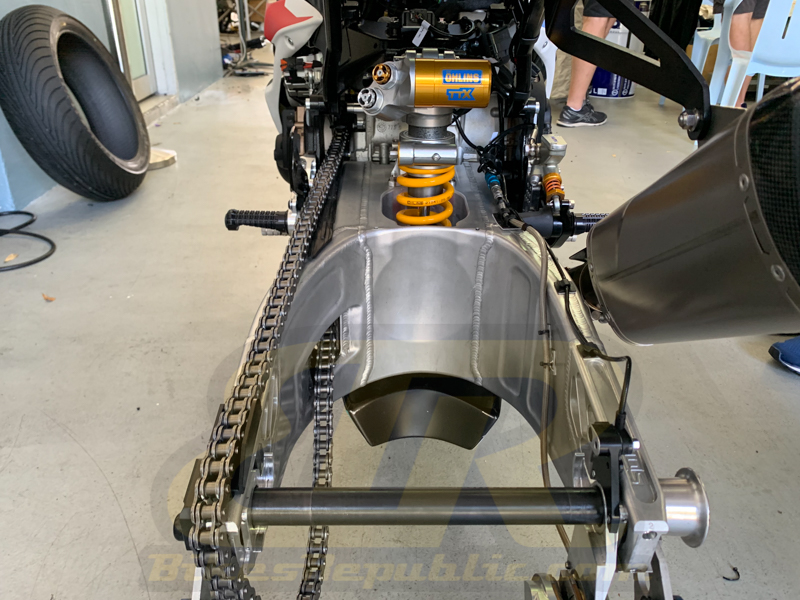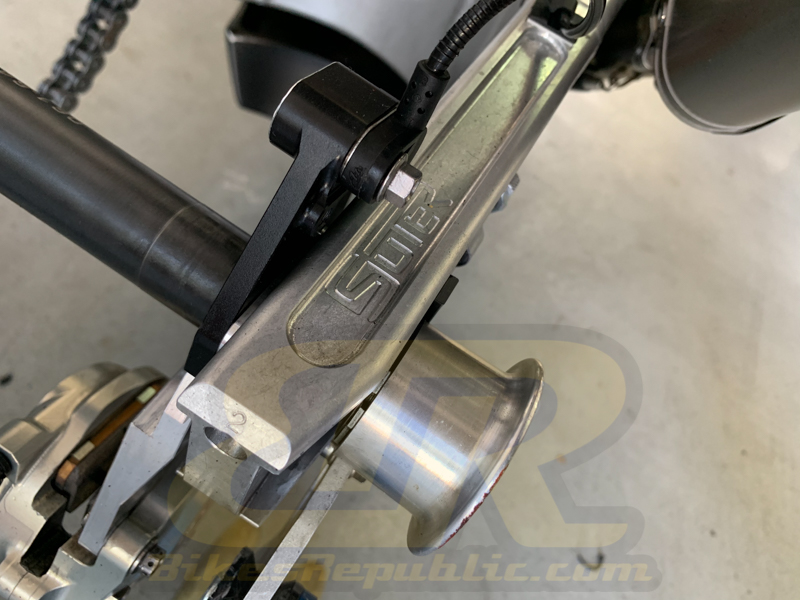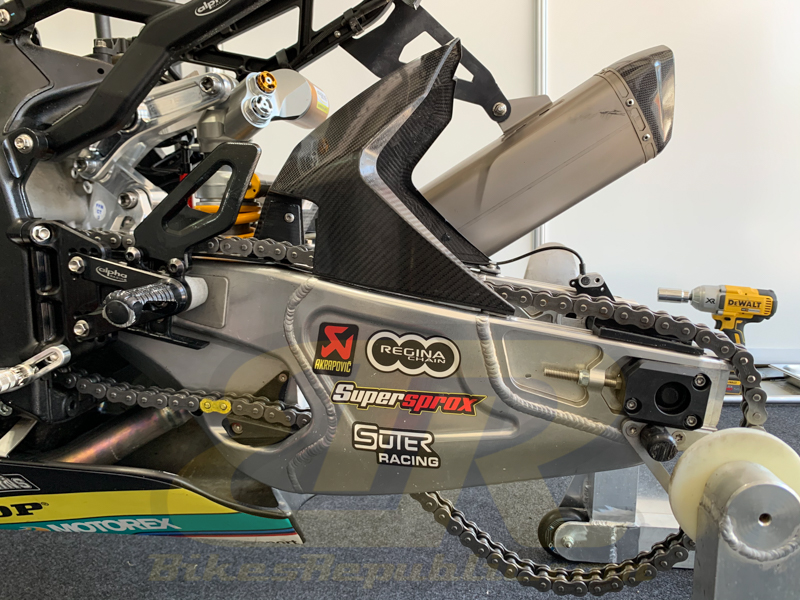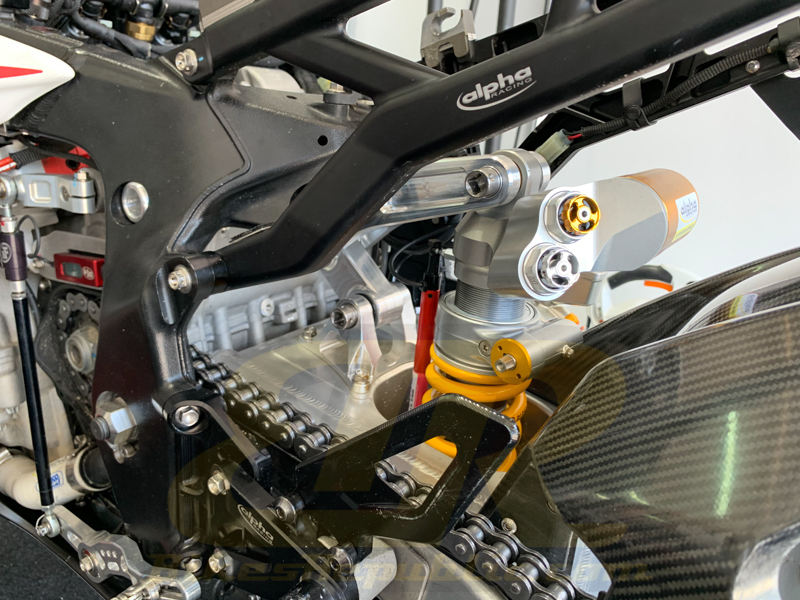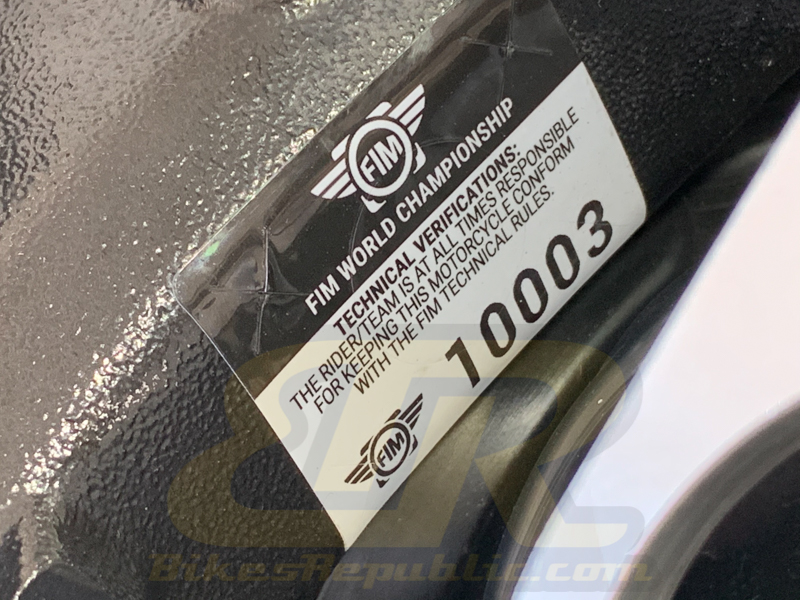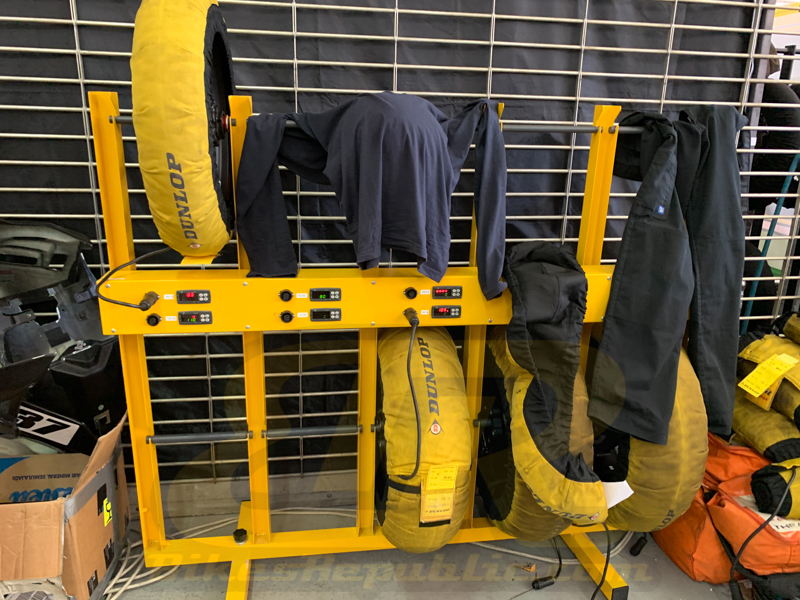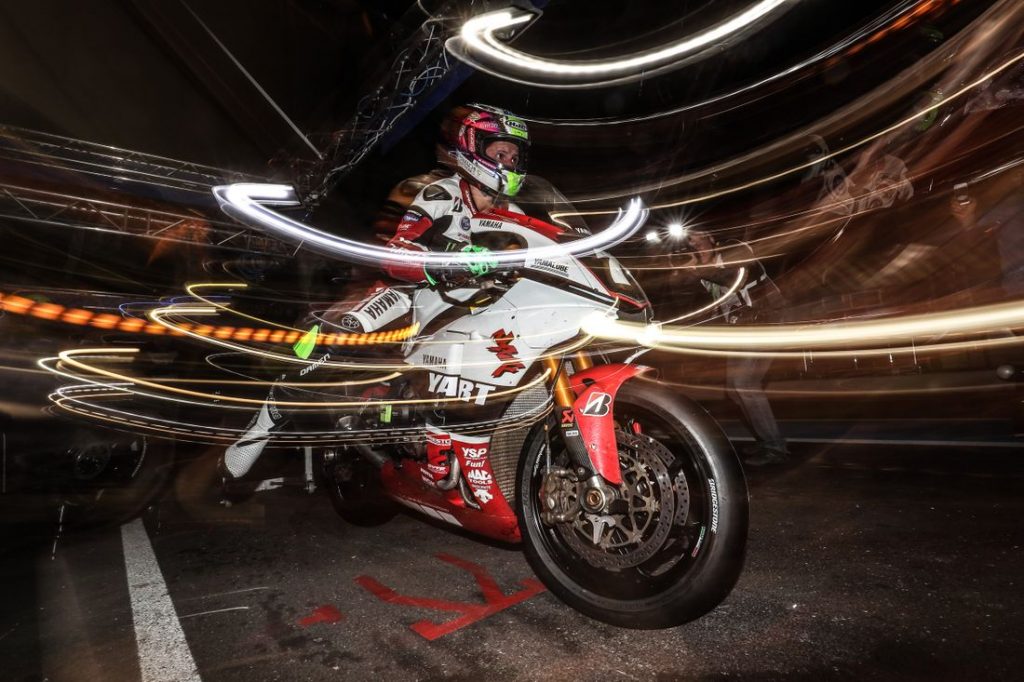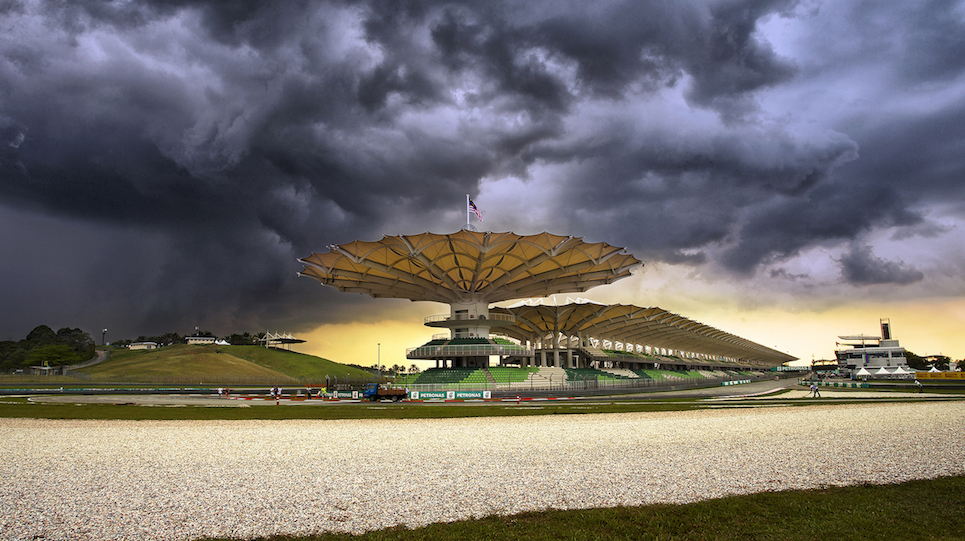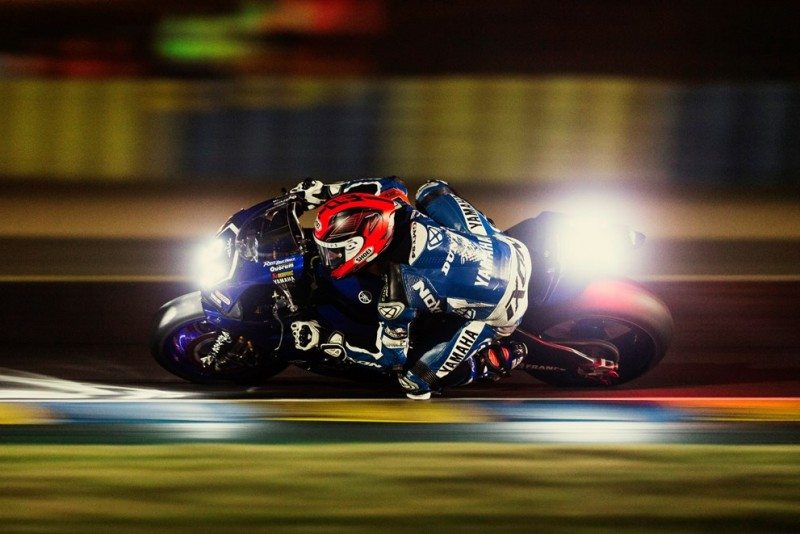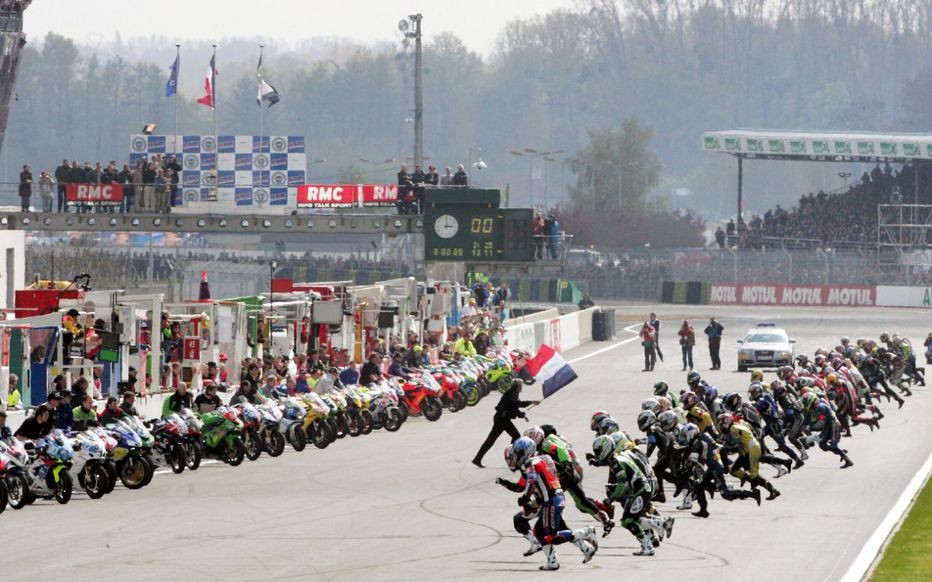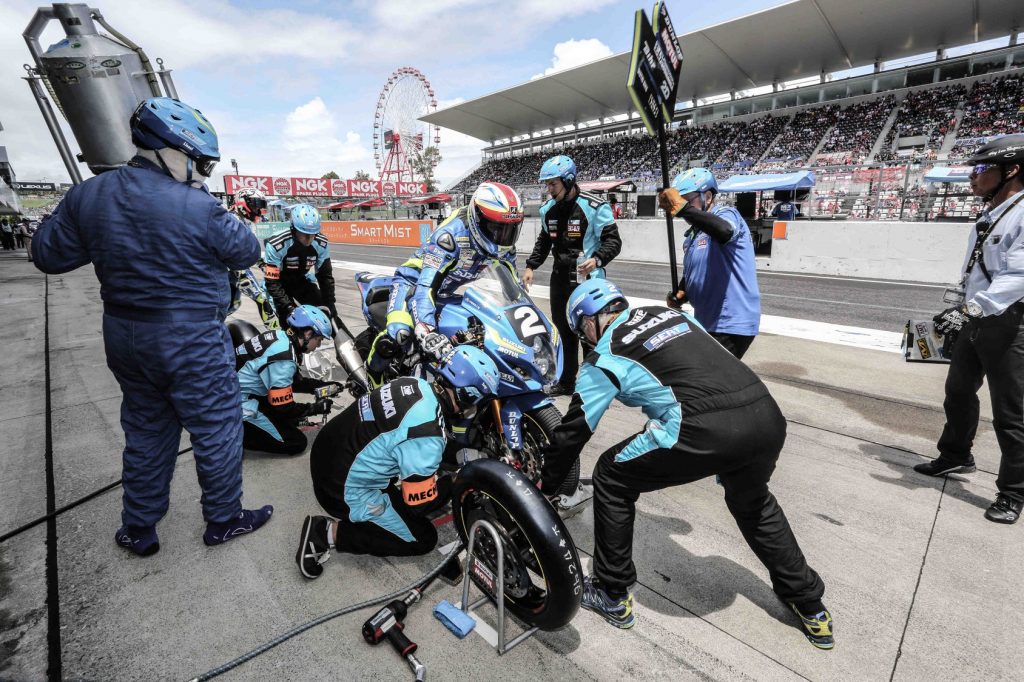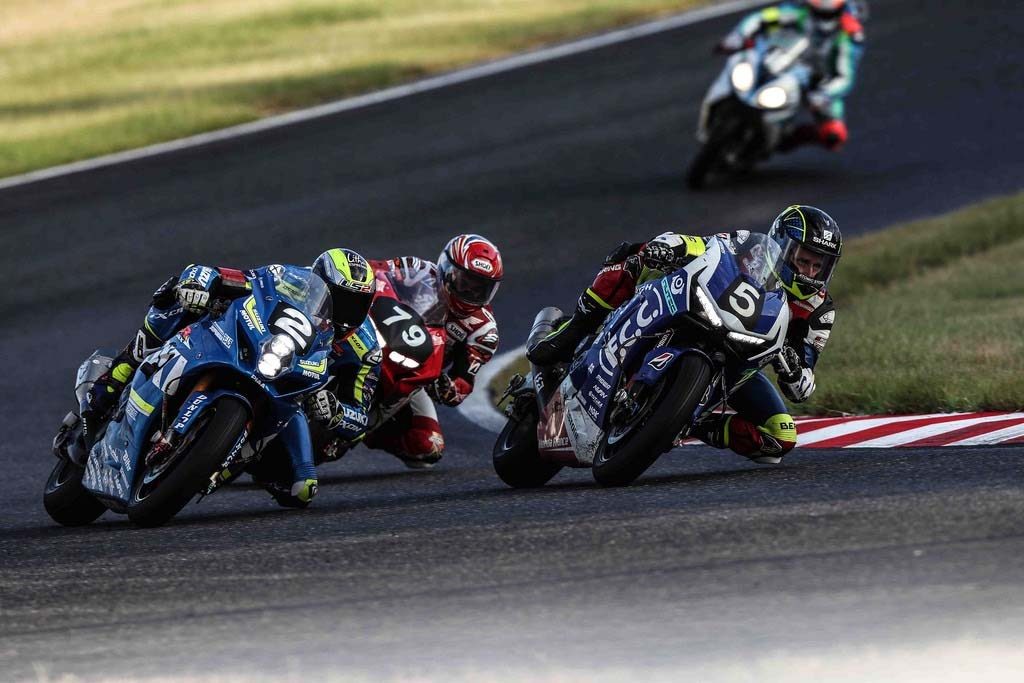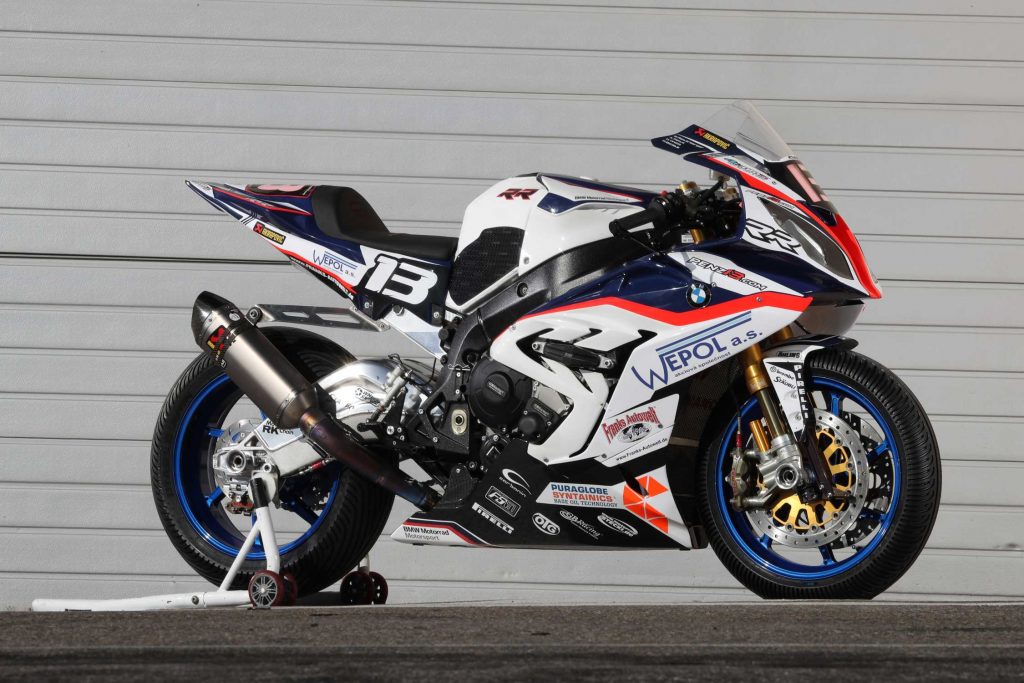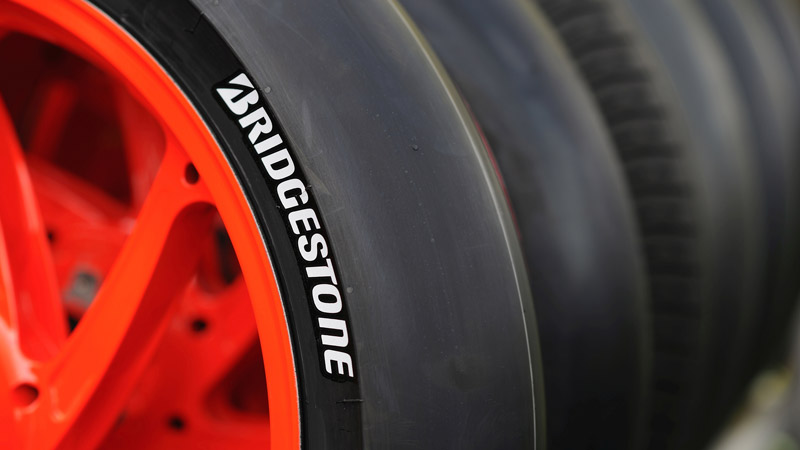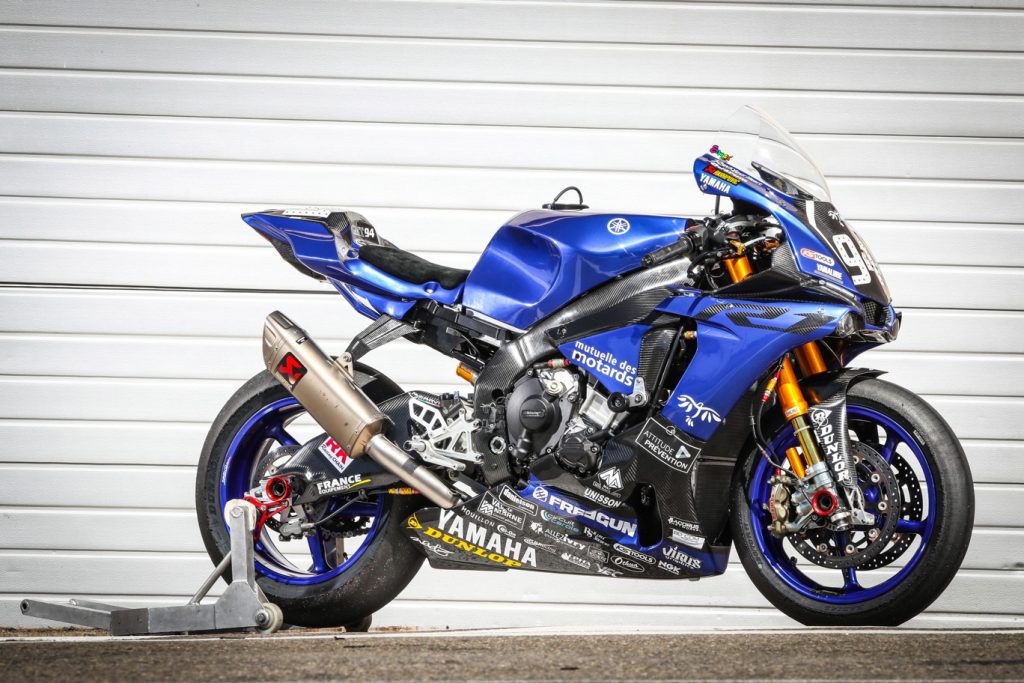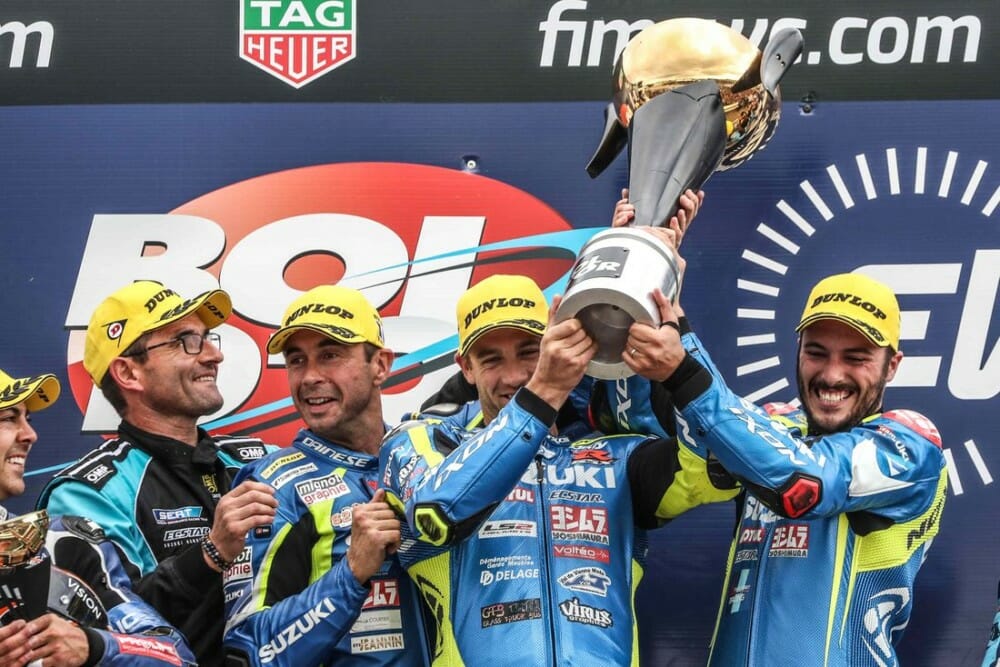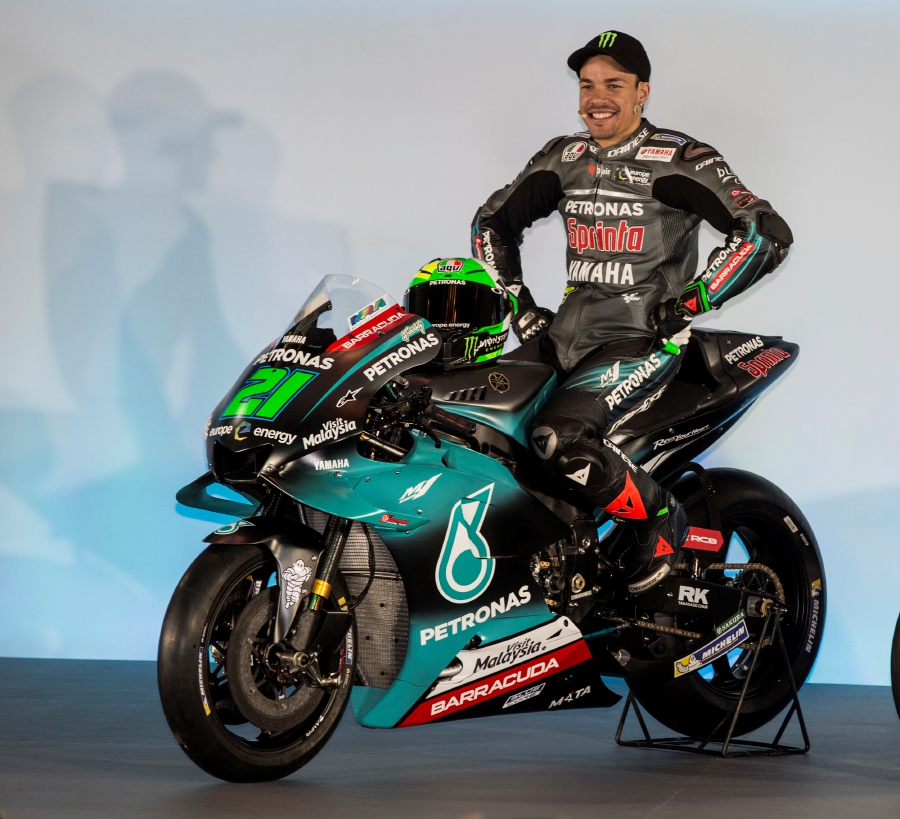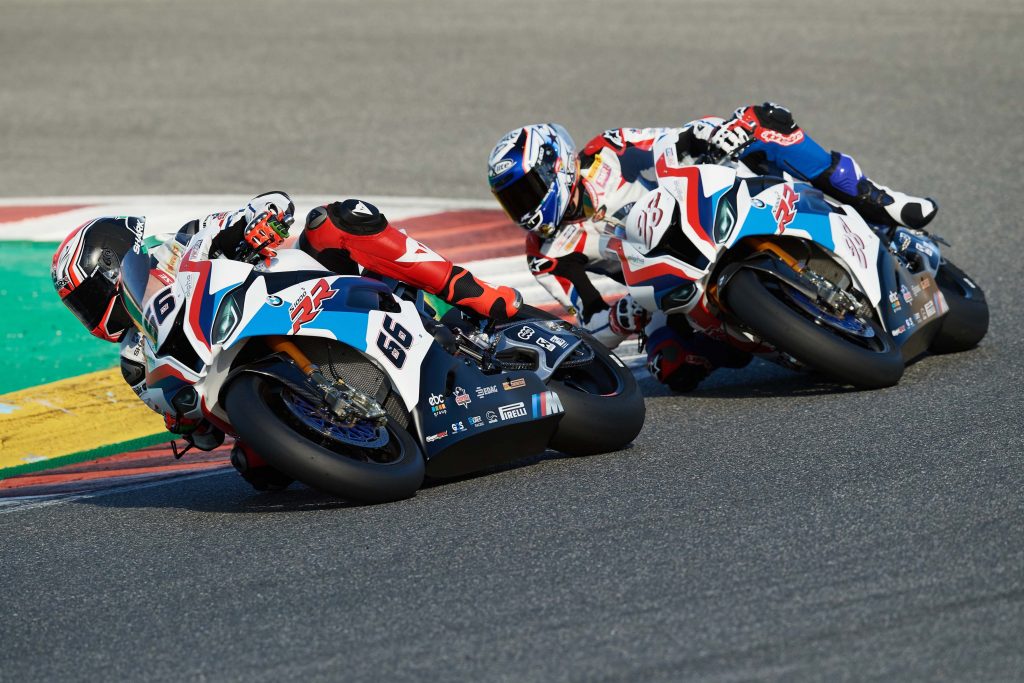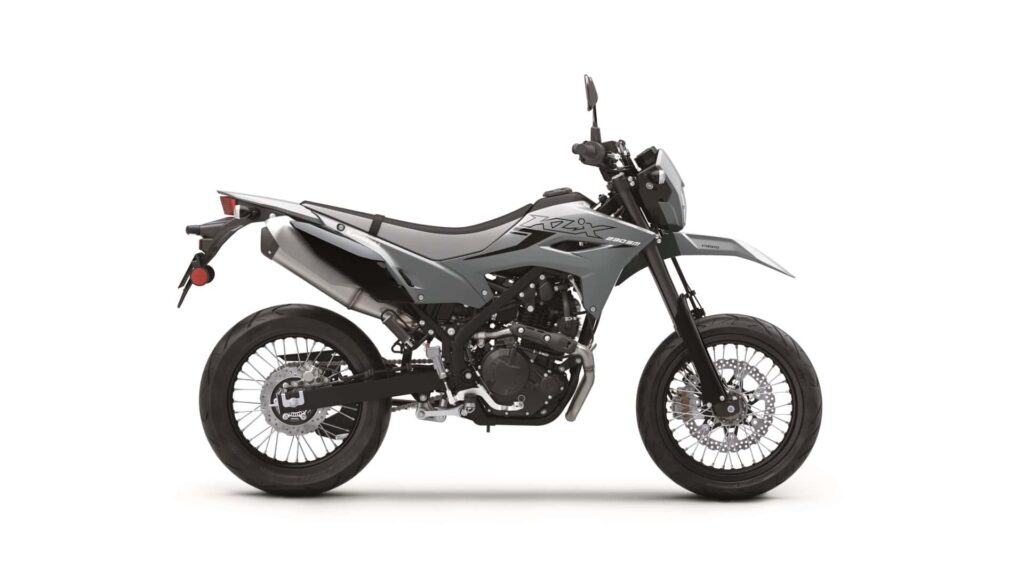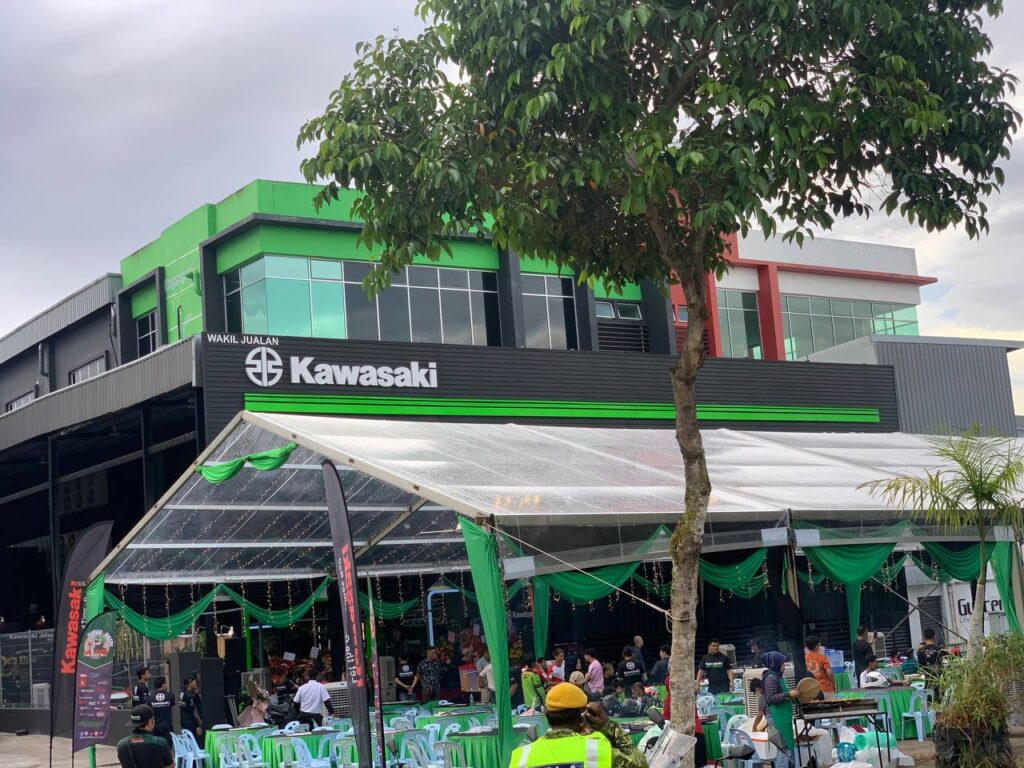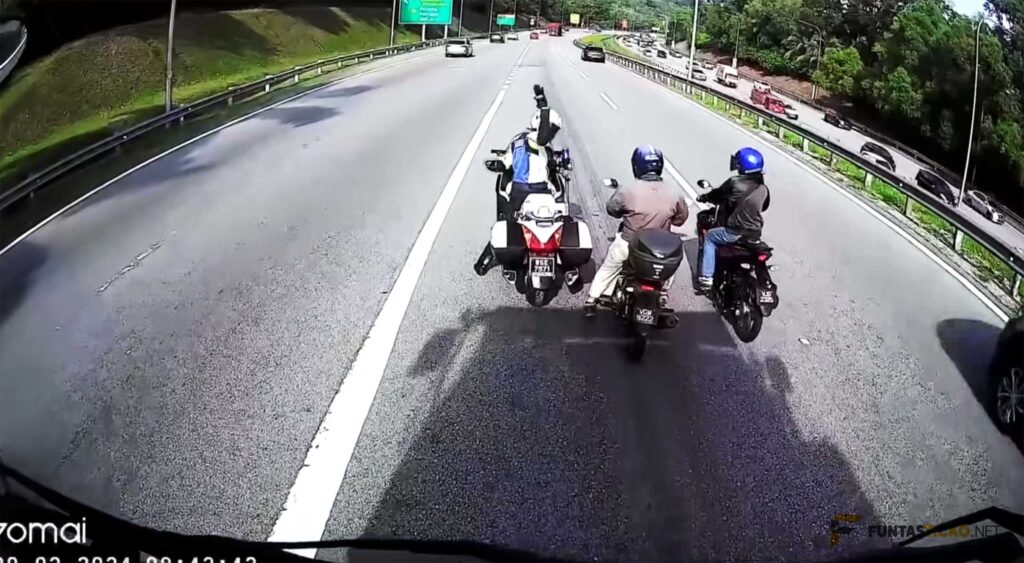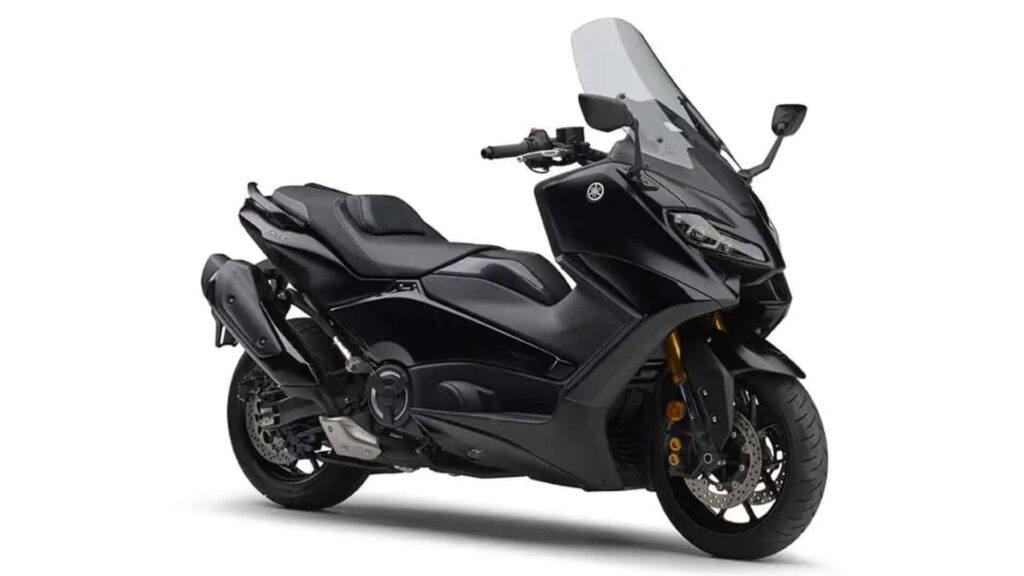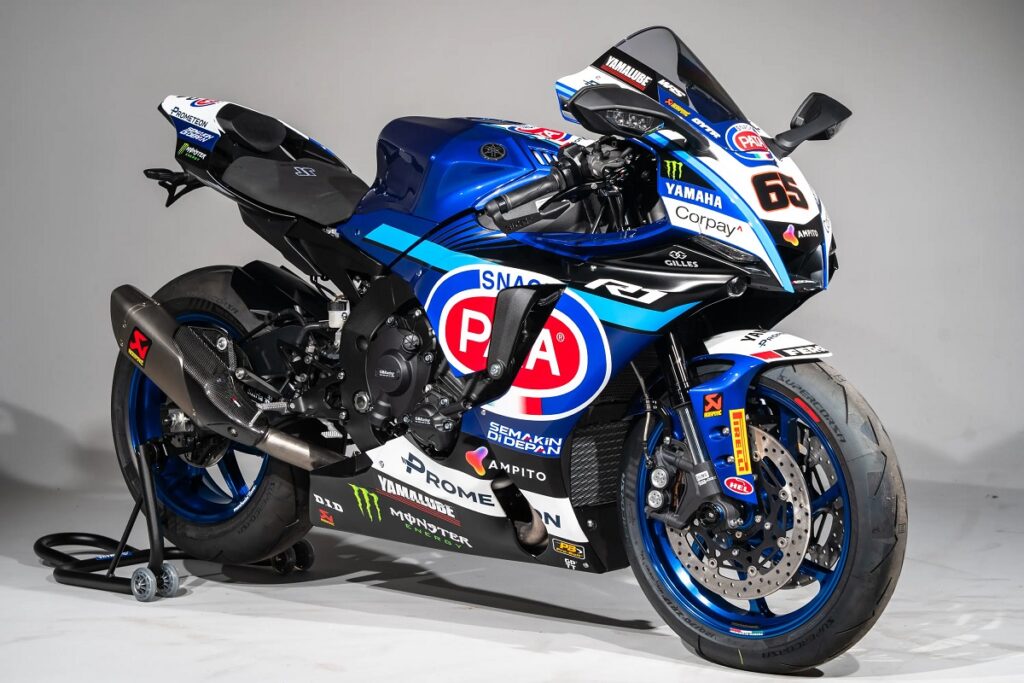-
We were given the honour to cover the 8 Hours of Sepang FIM EWC race from inside the BMW Motorrad World Endurance Team.
-
We had an unprecedented access to what made them tick and the strategies involved.
-
The team finished third overall.
Excitement fills the air as the bikes were fired up for 8 Hours of Sepang FIM Endurance World Championship (FIM EWC) race.
As adrenaline started coursing through the veins of the BMW Motorrad World Endurance Team members, their cheerful disposition gave way to steely stares and clenched jaws. It’s time to go racing.
The Planned Start
A technician pushed the BMW S 1000 RR onto the pitlane with rider Ilya Mikhalchik following closely behind. As he reached for the started button, I braced myself as if squeezing my ear canals in anticipation of an exhaust blast. But… nothing… there was a slight roar from the titanium Akrapovic exhaust silencer but that was it. No eardrum assaulting, chest punching roar.
Read: Up close with the BMW S 1000 RR FIM EWC racebike
And away he went along with other riders. The technicians grabbed their equipment and hurried to the gate to the grid. By then, the first riders had completed their warm-up lap.
When the bikes returned to the grid, they were wheeled backwards and parked against the pitwall at an angle. The riders then went to the other side of the start finish straight. The factory BMW sat in fifth while the crew blanketed the rain Dunlop tyres with warmers again.
Alas, the rain started coming down in earnest with just 25 minutes before the start.
The Safety and Medical Cars were sent out to check but it was visible that the sheer volume of water had overwhelmed the drainage. The cars sent up huge plumes of spray.
By then there was a delay in starting the race and the field was given another sighting lap. The riders roared away in a whiteout wall of spray. Back in the pit, the team had their eyes transfixed on the TV monitors.
The riders tip-toed through every corner and there was still lots of standing water including at the apexes of Turns 5, 9, 13 and 14. There was a river-like puddle running across the track at the braking area for Turn 15.
Upon reaching the start/finish line, marshals instructed the riders to their bikes, away from the where they were supposed to start running from. A few minutes later, race direction suspended the start. Team managers were then called to the briefing room at 1:15pm. We feared the worst i.e. outright cancellation, but that decision never came.
Now, the long wait began.
The BMW Motorrad World Endurance crew didn’t look agitated, but they didn’t seem relaxed, either.
We waited.
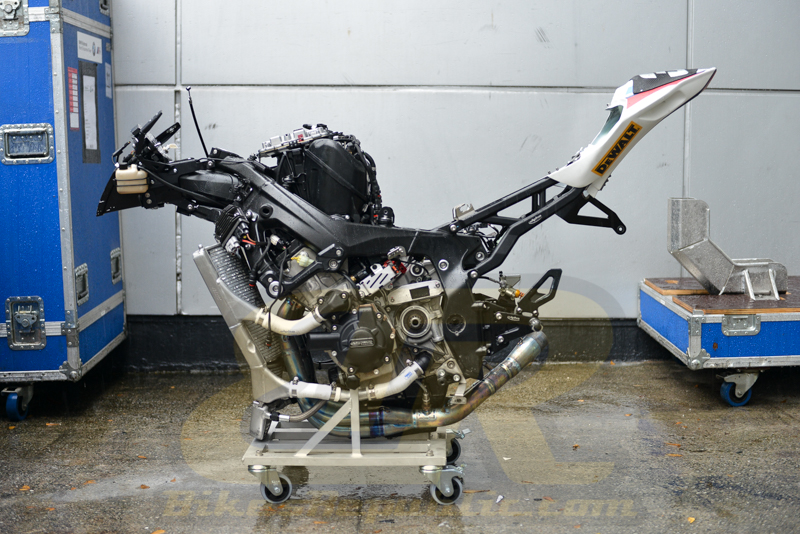
The 1st Restart
The rain began abated somewhat by 2:30 pm. At 2:40 pm, a message flashed across all monitors at the track: PITLANE OPENS FOR 2 MINUTES AT 3:05 PM.
Yes! We’re finally going racing. As per endurance racing rules, the duration was shortened to 6 hours.
However, there was no Le Mans style start. Instead, the riders were flagged off one by one by a marshal holding the Jalur Gemilang (Malaysian flag). Again, a wall of spray hung in the air as the bikes made their way to Turn 1. Also this time, they had to follow the Safety Car (SC).
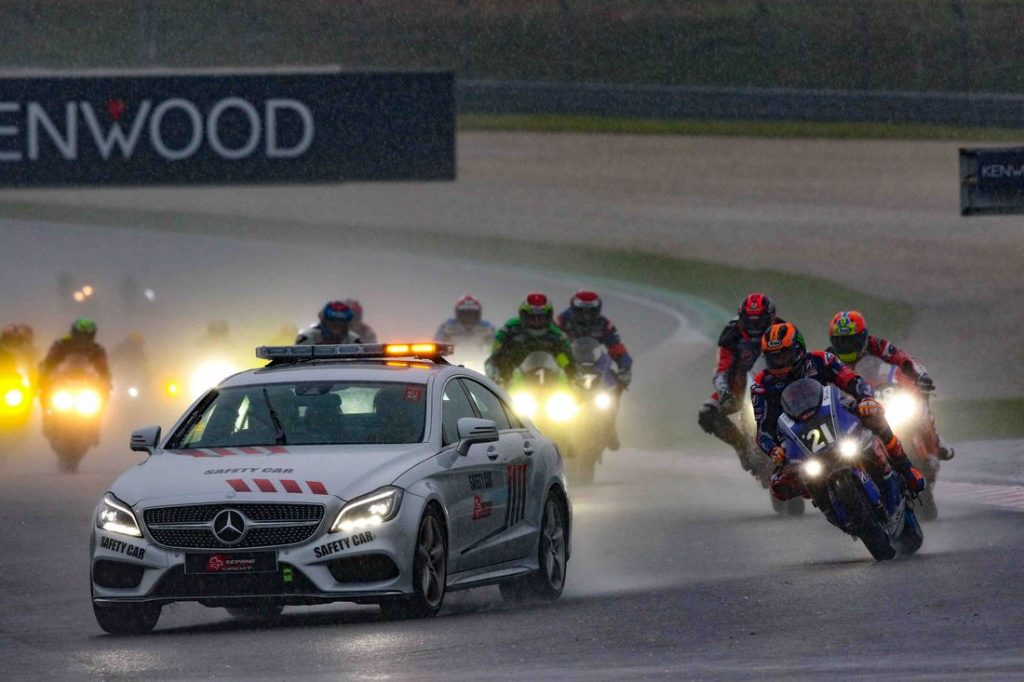
The spectators in the grandstands were excited. Kids who’ve been running around suddenly sat ran back to their parents’ arms and pointed excitedly at the track.
The SC took the grid past the finish line for Lap 1. There was still too much spray. They went past for Lap 2. Then Lap 3, Lap 4, everyone in the pits was hoping for the SC to turn off its emergency lights. It would mean that it would peel into the pits and let racing commence.
All teams began to prepare for the eventual pitstop by placing tools, axle stands, refueling rigs near the pit entrance. They also place spareparts and assemblies such as front ends, rear subframes, bodywork, radiators, etc. where they are within easy reach (in case of crashes or breakdowns).
The refueling can was placed nearby together with a large fire extinguisher. The refueling man’s helmet and Nomex gloves were placed on top of the fuel can. There’s no time to rush back into the pits for something!
Sadly, the SC never turned off it lights and pulled in at the end of Lap 8. The red flags went out signaling another race suspension.
Another team managers meeting was called at 5.00 pm. BMW Motorrad World Endurance Team’s manager Werner Daemen ran up the steps again to the briefing room.
The organizers, stewards and teams deliberated for more than an hour before coming to the decision to either race or suspend it outright. However, should they choose to restart, the race has to end at 9.00 pm.
Sources told us that the teams were eager to go on and it’ll be a shame to cancel since they had travelled so far for this race. It would’ve been 8 Hours of Rain if it were cancelled.
The 2nd Restart
Soon, the message RACE TO RESUME AT 6.00 PM appeared on the monitors. Mechanics rushed to the holding area to pick up their bikes. They were pushed back to outside the pits and parked on the “hot pit lane” (the red line) and waited for the signal from Race Direction.
At the sound of the air horn, mechanics rushed their bikes into their respective pits to begin working on them.
Why such ruling? So that everyone starts working on their bike from the same time as everyone else. No handicap.
The team mechanics jumped in to change the rear sprocket for a taller gearing, fresh wet tyres were installed. They gave the bike a one-over to make sure everything was alright.
The pit reopened at exactly 6.00 pm and every single person at the track was eager to see the race get going. The field first formed up behind the Safety Car and the riders must be in their qualifying order before the car turns off its warning lights to let the 50 riders loose.
Finally, it was time to race after a couple of laps behind the SC. The 8 Hours of Sepang was go.
By the end of the first restarted lap, it was Mike Di Meglio of F.C.C. TSR Honda (#5) who was challenging Michael Van Der Mark from the Yamaha Sepang Racing Team (#21) for the lead.
The #37 bike of the BMW Motorrad World Endurance Team was in sixth at the end of the same lap, in a pack of four bikes including the Tecmas Racing #9 BMW S 1000 RR (older model). The Tecmas team’s pit neighbor’s the Motorrad’s pit.
Soon, a fierce battle developed up front between #5 and #21, as if it was the last few laps of a WorldSBK race.
The rain had stopped by the 4h 15 minute mark, but the track was still wet.
But neither leading rider backed down and they were pushing so hard that their bikes squirmed under hard braking. That frenetic racing saw a pace that no one else on the field could or want to match. While most of the field was lapping in the 2m 30s bracket, the dueling duo was circulating around in 2m 15s.
Meanwhile, #37 and #9 were locked in a battle of their own, and the former was briefly in fourth by the 4h 40 minute mark. The team members were glued to the TV monitors, a few mini-hopping up and down, a few chewed their fingernails.
Then it happened. V.D. Mark outbraked Di Meglio into Turn 15, but he went wide. Seeing the gap, Di Meglio stuck his bike up the inside. As V.D. Mark tried to tighten his line for the exit, he was surprised to find #5 there and lifted his #21 bike. Di Meglio was also surprised by the move and probably dabbed his front brake and lost the front tyre, which slid into #21’s rear tyre. It sent both men skidding off the track.
You can watch the video >>> HERE <<<
A huge roar went up all around the circuit and in the pits.
Di Meglio managed to pick up his bike first and continued racing, while V.D. Mark’s Yamaha was heavily damaged and had to return to his pit.
To give you an idea of how far they were ahead, Di Meglio rejoined the race in first place.
Into the Night
At the same time, #9 got the better of #37 and the latter dropped back to sixth. But four laps later, there was huge plume of white smoke leading into Turn 1. #9’s engine had gone bang in spectacular fashion. Peeking into our neighbours’ pit saw them slumped into their chairs. One of the crew members had told me during the start that they’re using Michelin tyres and gave the thumbs up. Michelin makes arguably the best rain tyres.
The Safety Car was called into action as the track crew removed the stricken bike from the gravel trap and to assess if any oil was dumped onto the track. It led the field for five laps.
During this time, BMW Motorrad team manager Daemen ran back and forth between the pit and pit wall, discussing their fueling strategy. He had told me earlier that the 24-liter tank could last between 26 to 27 laps in rainy conditions. But with the Safety Car period thrown into the mix, they needed to recalculate the bike’s fuel consumption. They also needed to figure out their pace in comparison to other competitors. Calling for a stop at the wrong time would be out of sync with field and cost them track position.
The mechanics began arranging different types of “stands” on the pit lane. They were all custom made for different purposes, including those to place the wheels. A loose wheel rolling down pit lane will be punished by a penalty.
They also prepared two types of Dunlop wet rear tyres, one intermediate and one full wet. The current rider will advise the team on which to choose.
At last, the #37 got the “BOX” message on his pit board. So do the other teams.
The bikes may appear slow on TV as they headed down pit lane, but they were fast in real life as the riders held on to the pit lane speed for as long as possible. The #37 flew into position in the blink of an eye and the four-man crew descended on it in that split second it stopped.
The wrenches went “rat-tat-tat-tat” in unison, the front and rear wheels came out, new ones went on, and and “rat-tat-tat-tat” again. But the mechanics also checked the nut with a torque wrench. (Here it was, where every second mattered, yet they still used torque wrenches, whereas most real-world mechanics never touch them.)
They yelled “GO!” to the fuel man and cleared away from the bike. With one swift motion, the biggest man in the pit (dressed in flame retardant suit) heaved the can above bike’s fuel tank and plunked it down into the dry break female coupling with an audible click, while another man stood by with the fire extinguisher. It took only a few seconds. He pulled the can off and the rider jumped on the bike, punched the starter button and away he went.
All these in less than 20 seconds.
You can watch video of the lightning fast pit stop below.
Countdown to the 8th Hour
We thought the field would settle into a rhythm. Instead, it was a crash fest.
Most riders crashed at Turn 5. Local riders know to stay away from apex as moisture seems to cling to that spot. The track was starting to dry but again, we local riders know that the Sepang International Circuit’s new surface may look dry while it’s still damp.
The most prominent crasher during this period was Mike Di Meglio on the #5 bike. While the earlier crash caused minor scrapes, this one saw extensive damage to the bike. He had to pit for repairs. His partner continued the race dead last but managed claw his way back to 21st at the 8th hour.
As the minutes ticked away, the top three began to emerge: YART Yamaha, Honda Asia-Dream Racing and BMW Motorrad World Endurance.
A second and last pitstop was called with 20 minutes to go. Again, the team did their choreographed magic. Again, they sent the rider and bike out in less than 20 seconds.
It’s all up to the rider now.
YART Yamaha was in an unassailable lead with one lap in hand, while the Honda Asia-Dream team was 1m 40s ahead in second.
Read: YART Yamaha wins inaugural 8 Hours of Sepang FIM EWC race
By now, the BMW rider Mikhalchik was lapping 3 seconds a lap faster the leading pair, but there was no way in catching the second-placed team.
The team climbed atop the pit fence to welcome their rider home. It was their second podium finish in as many races. It’s a fantastic result by all means, considering that this is the first season for the factory BMW Motorrad team.
It was also the second podium of the year for Dunlop. (Remember, there’s a tyre war in the FIM EWC, unlike in MotoGP and WorldSBK.)
The next race will be the 24 Hueres Motos at the Bugati circuit in Le Mans, France on 18th and 19th April 2020.
We wish to record our heartfelt thanks to the BMW World Endurance Team for allowing us to cover the race along with them. Them team was very professional and they were very focused on their tasks at hand. It was a true honour to experience it firsthand.
A big thank you and appreciation to BMW Motorrad Malaysia also, for setting up the coverage.
Last but not lease, congratulations to the team and BMW Motorrad as a whole.


